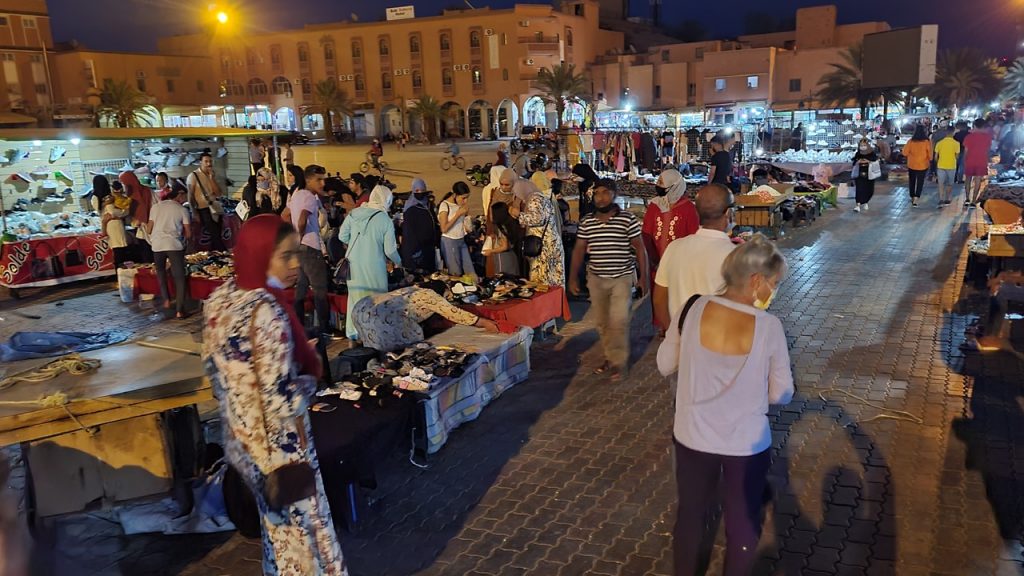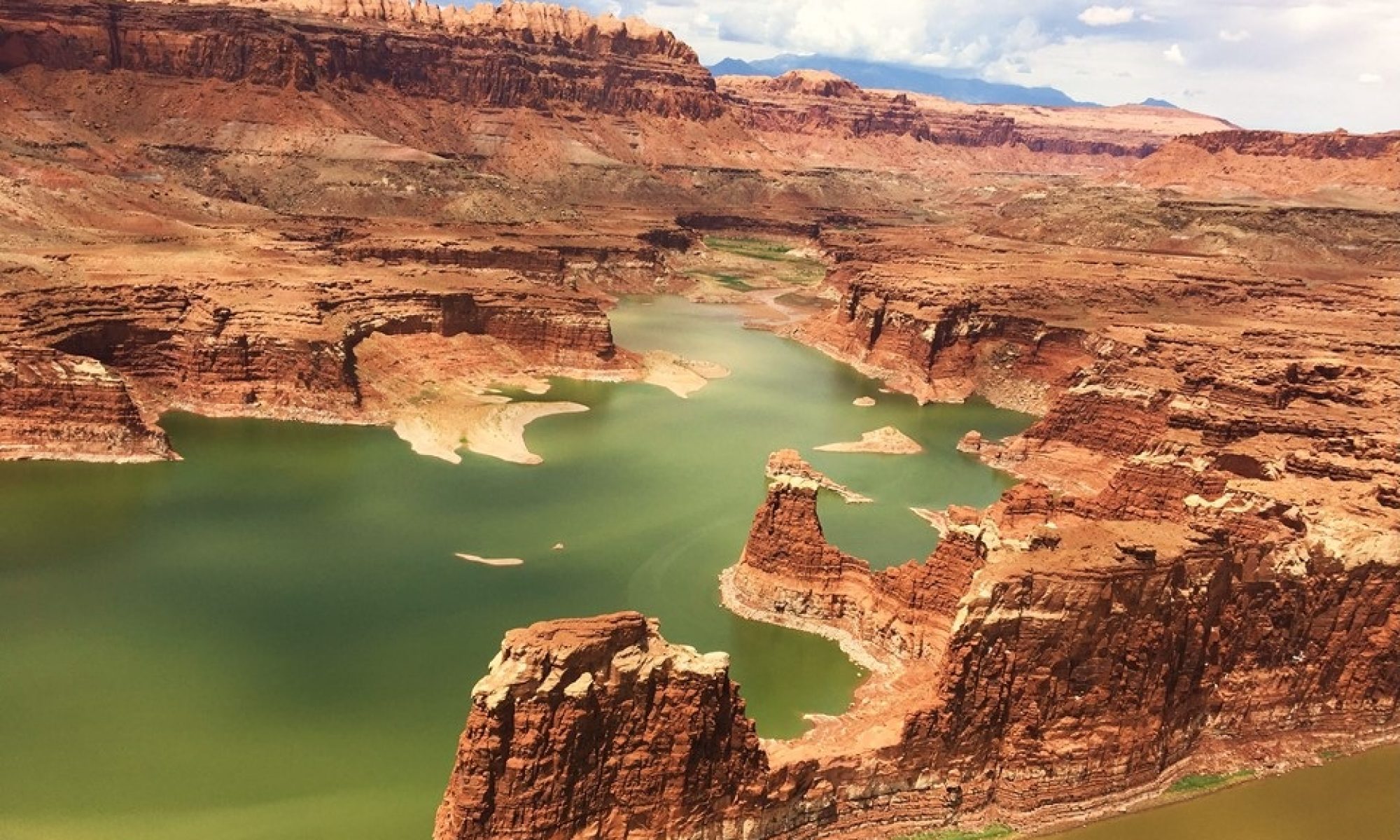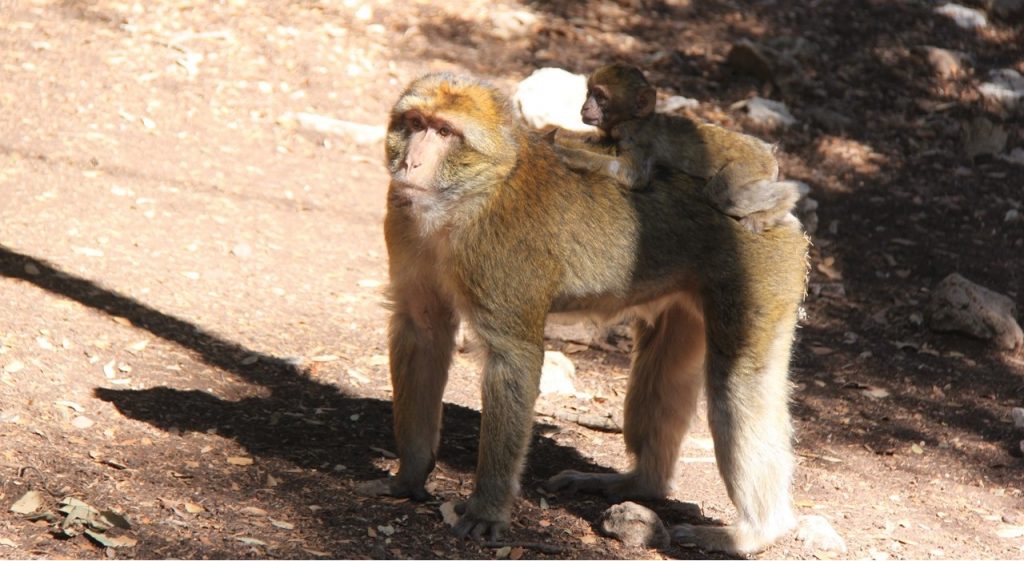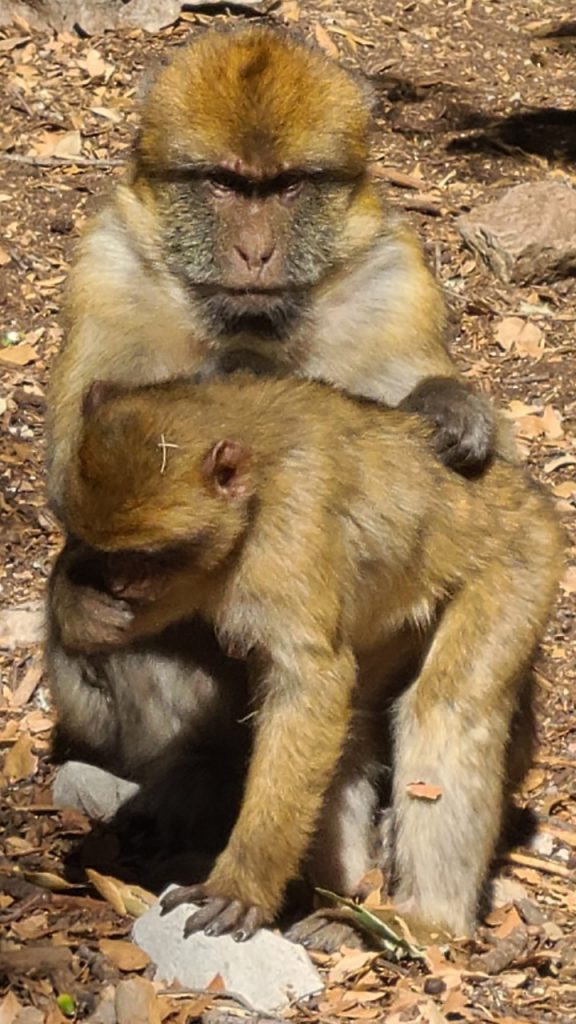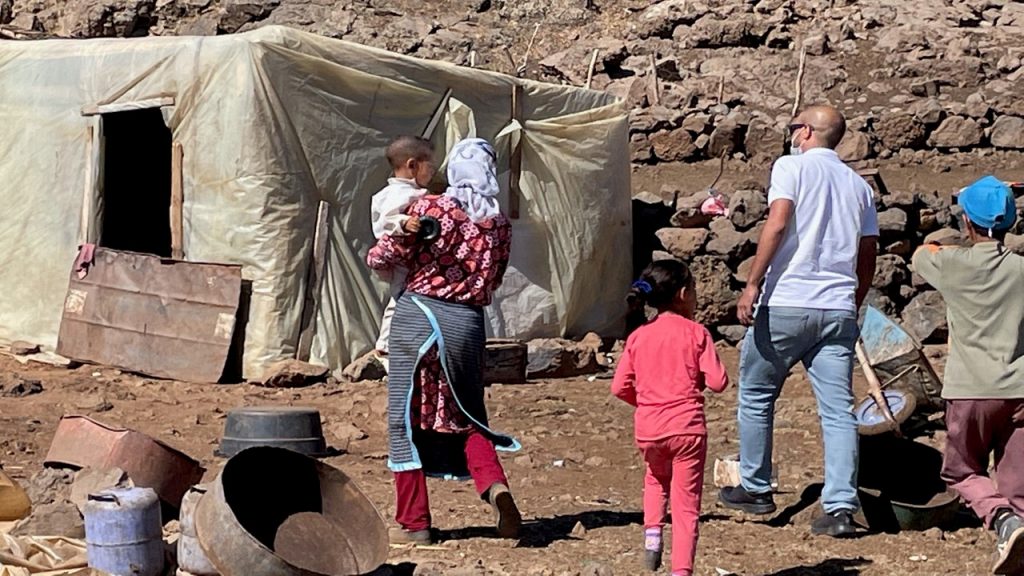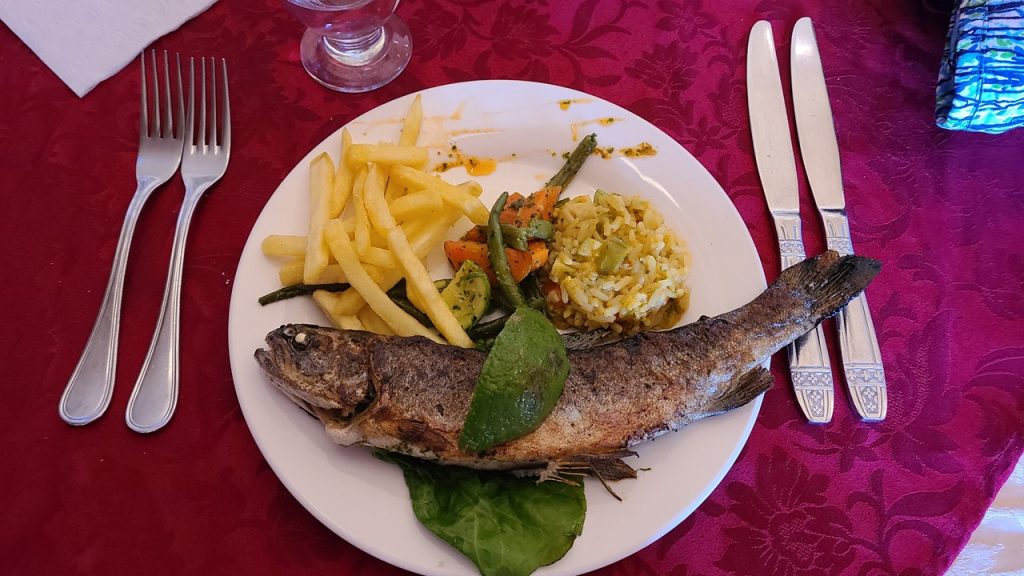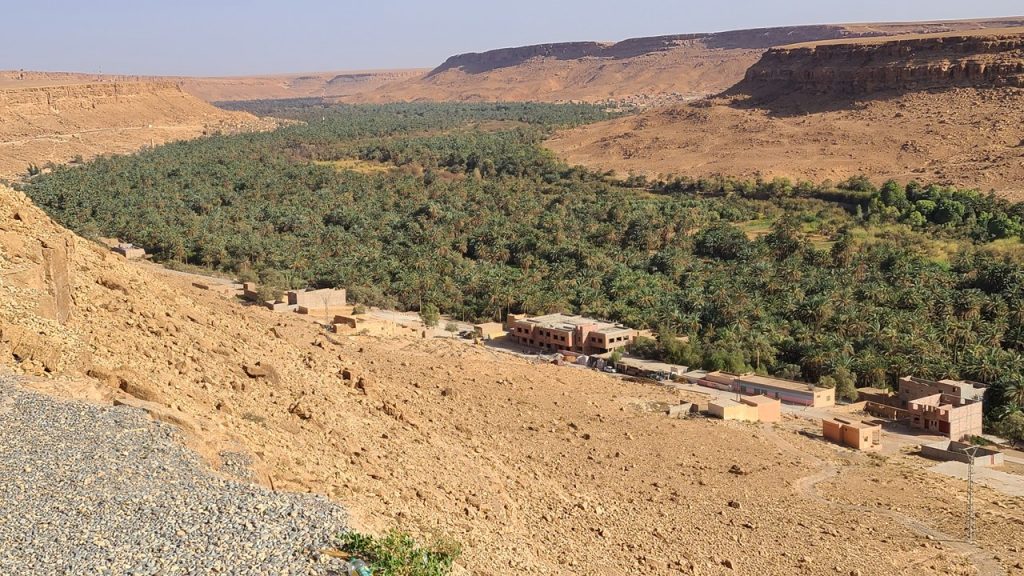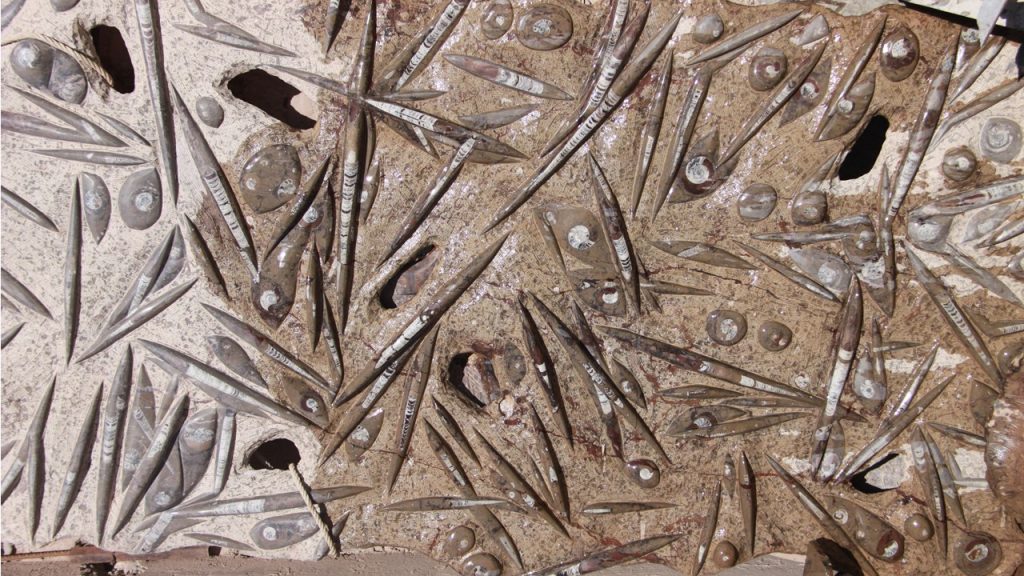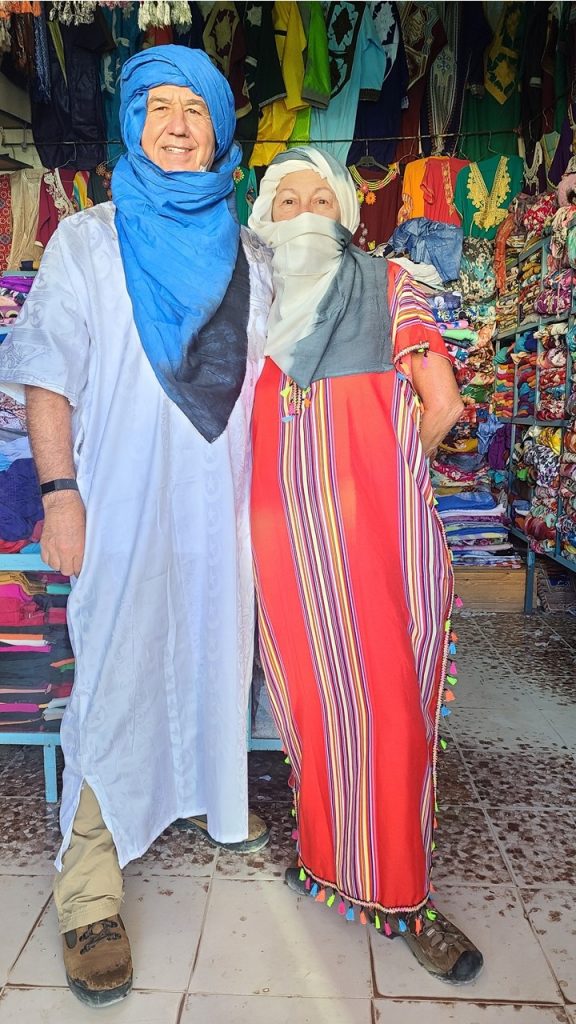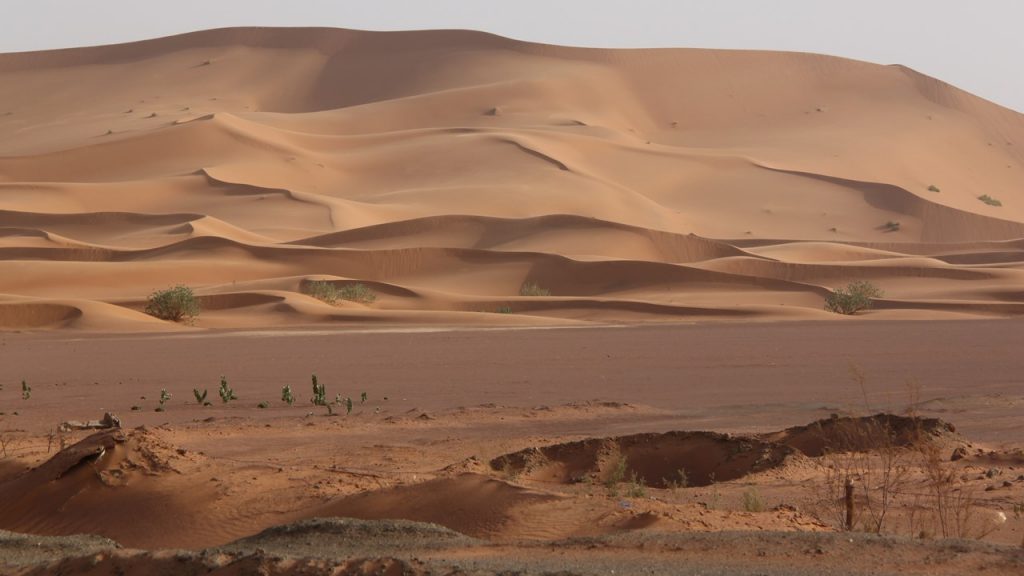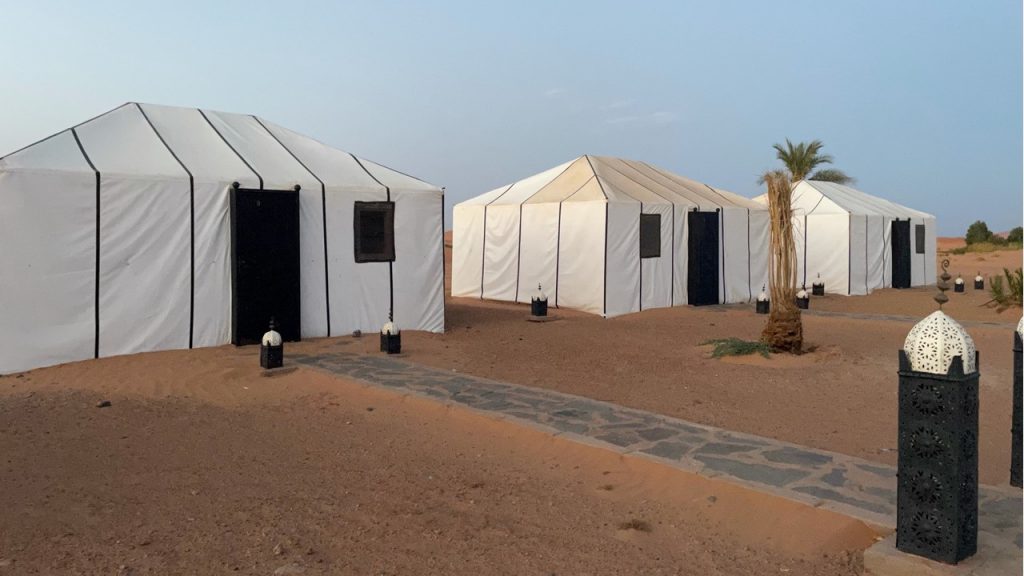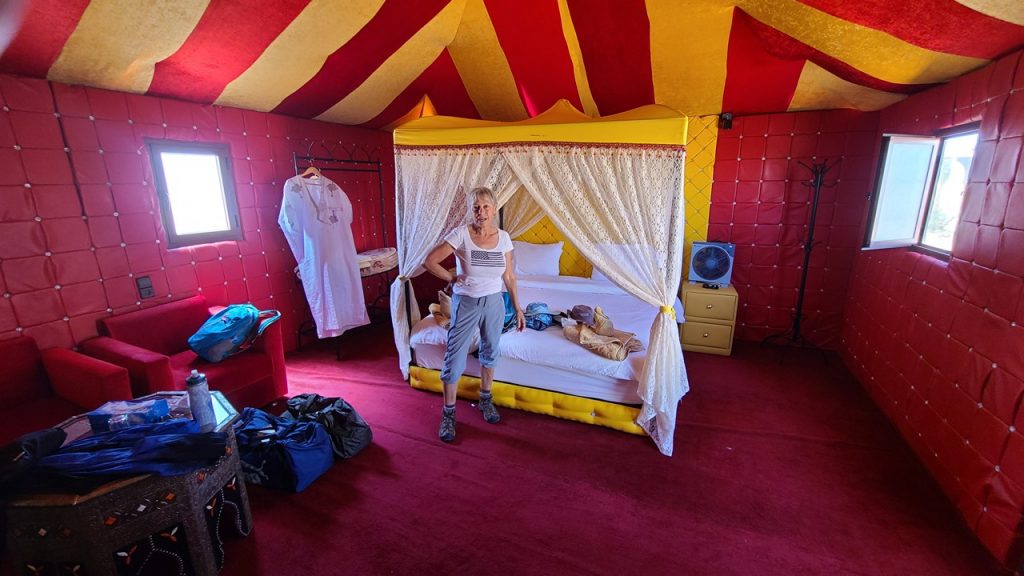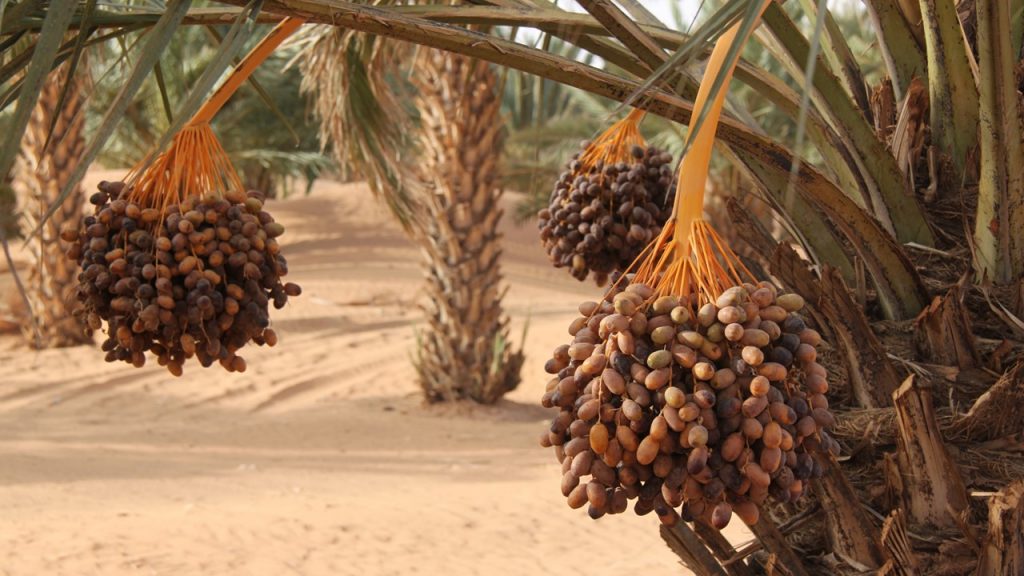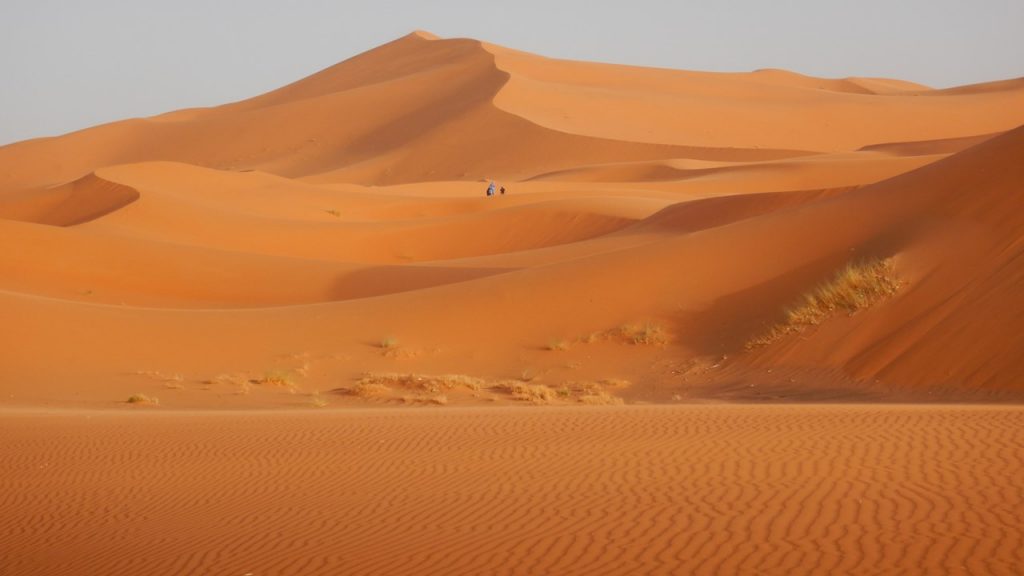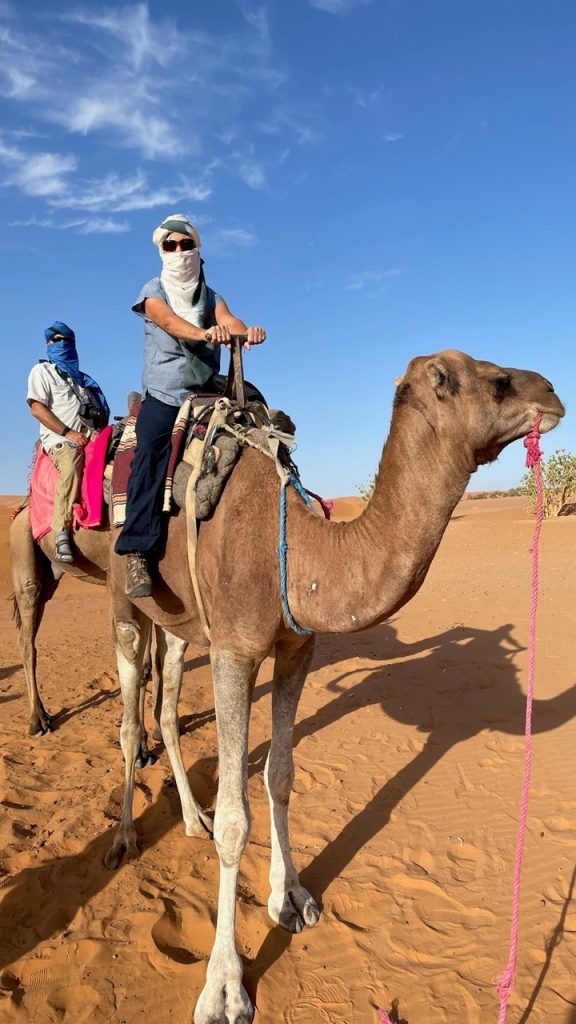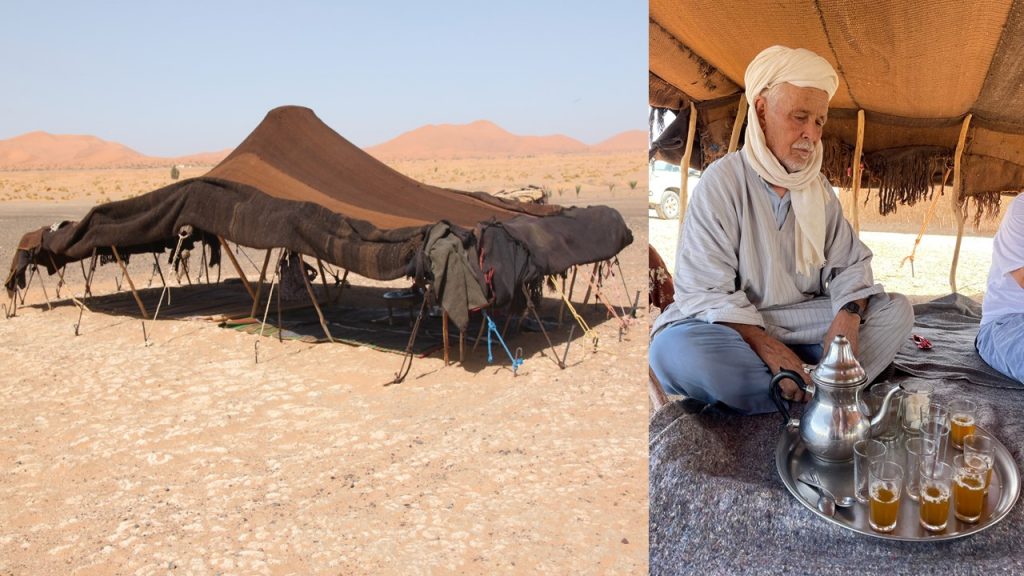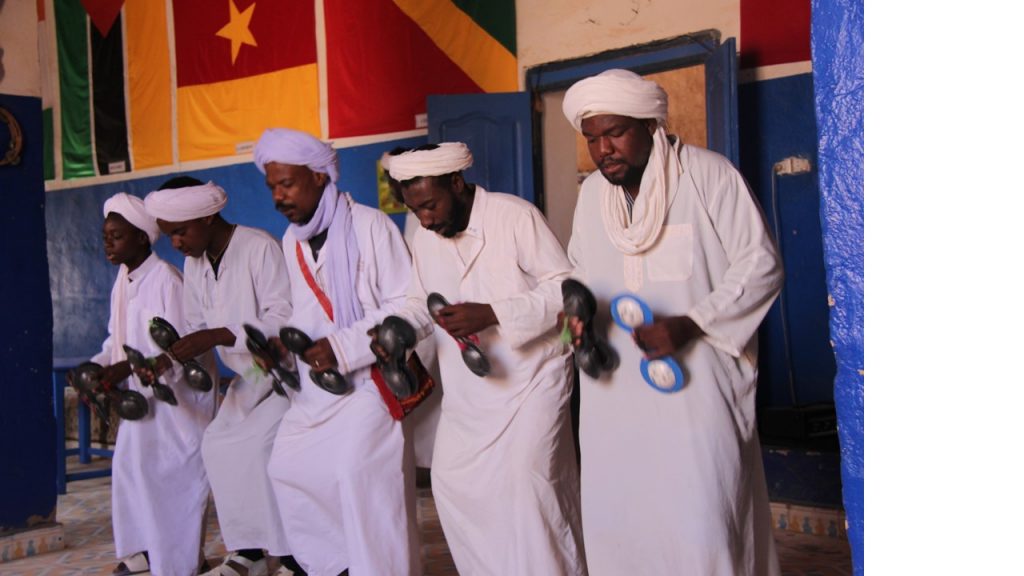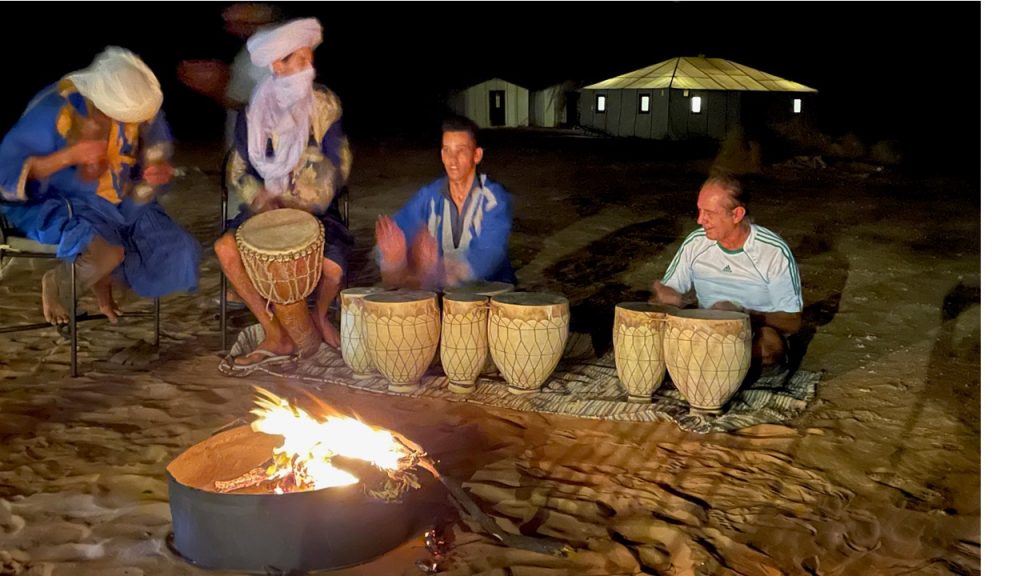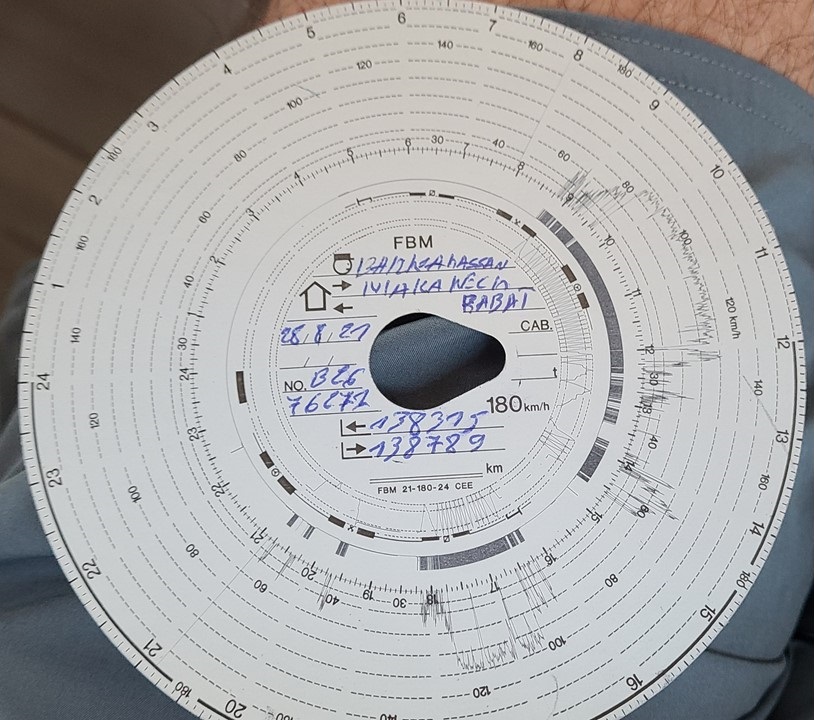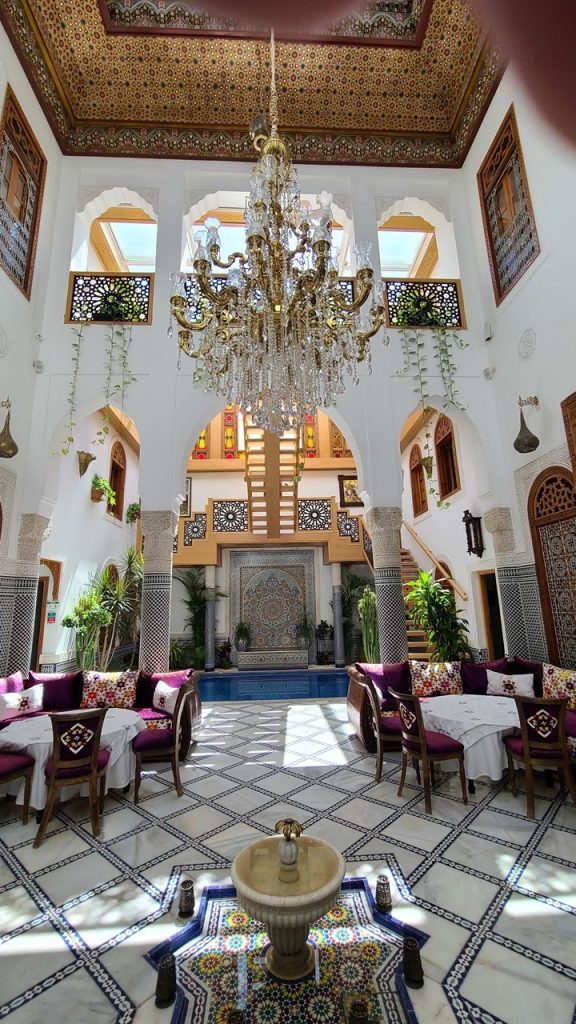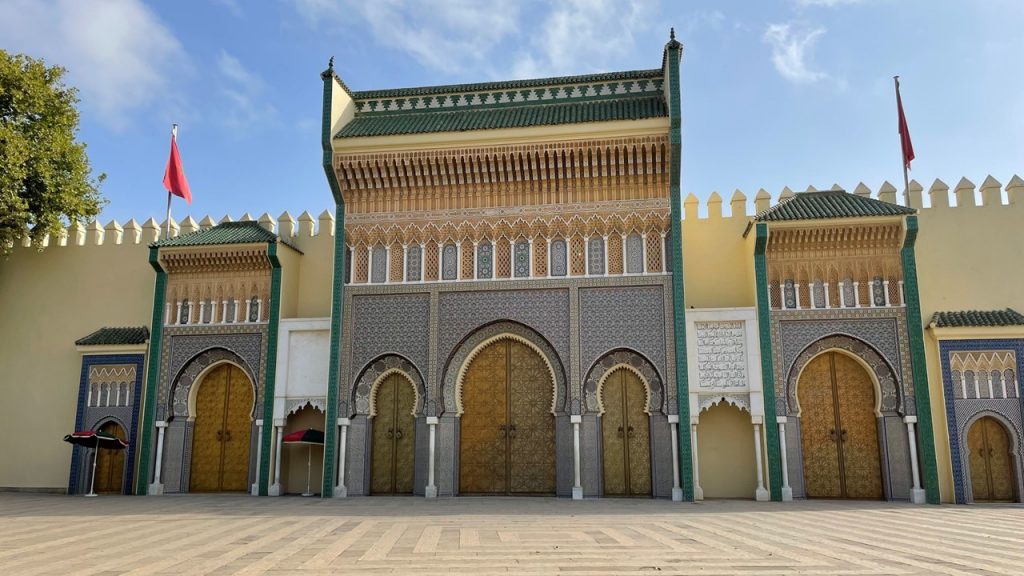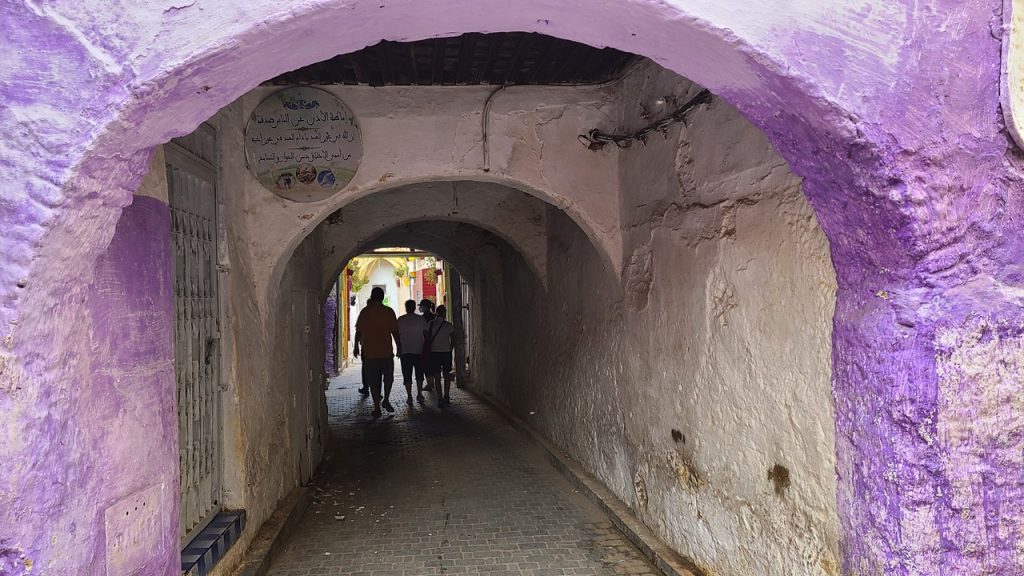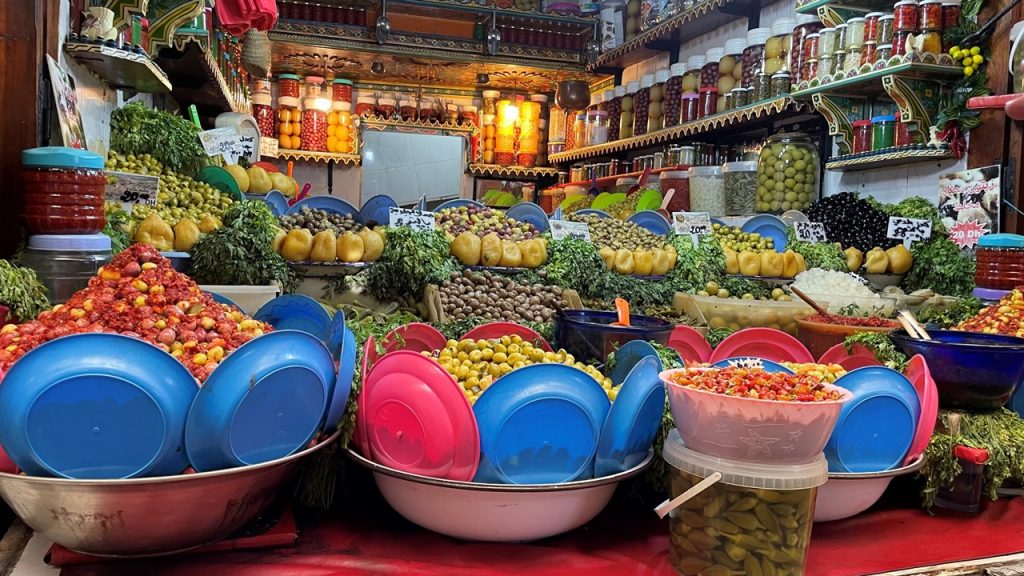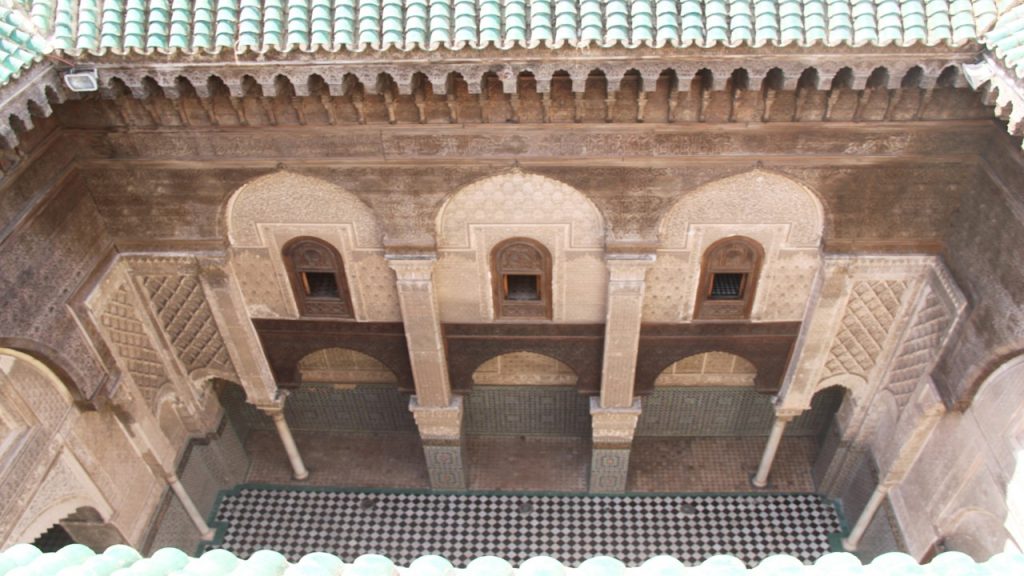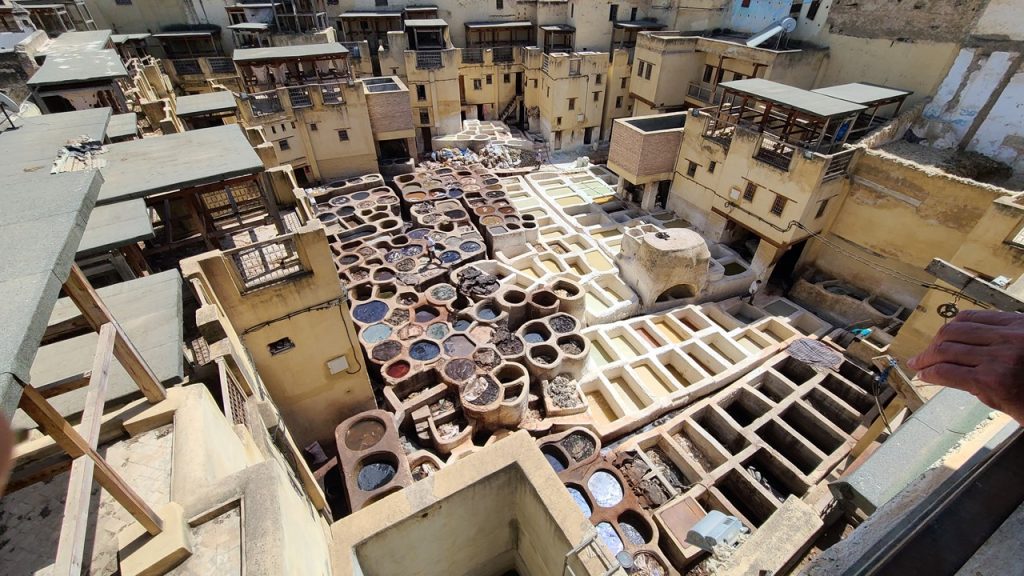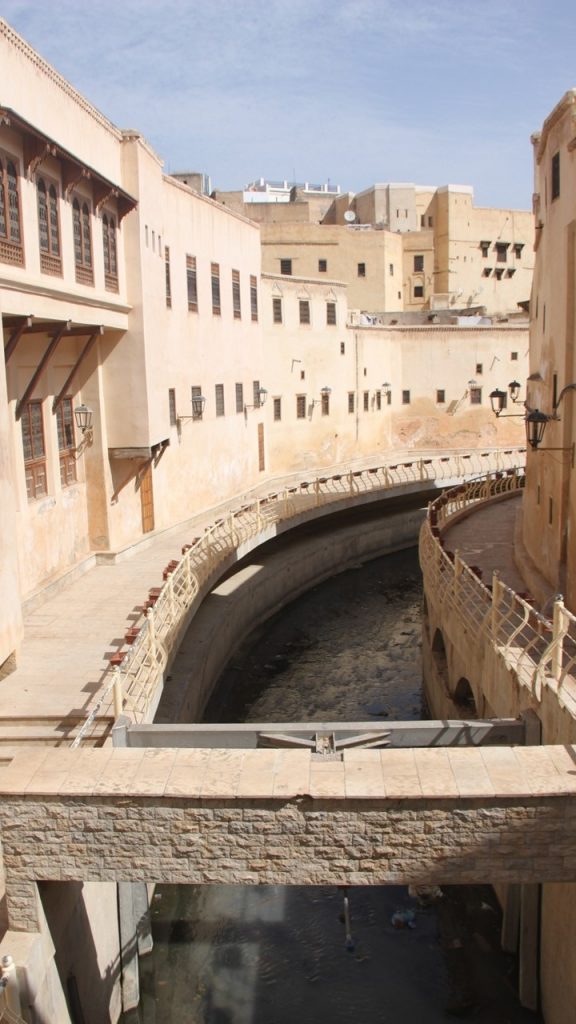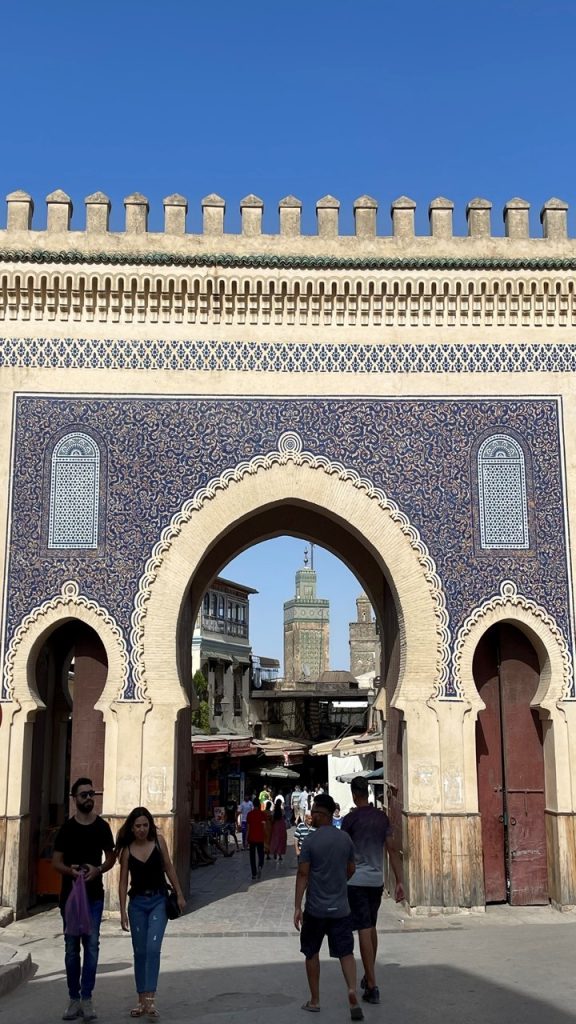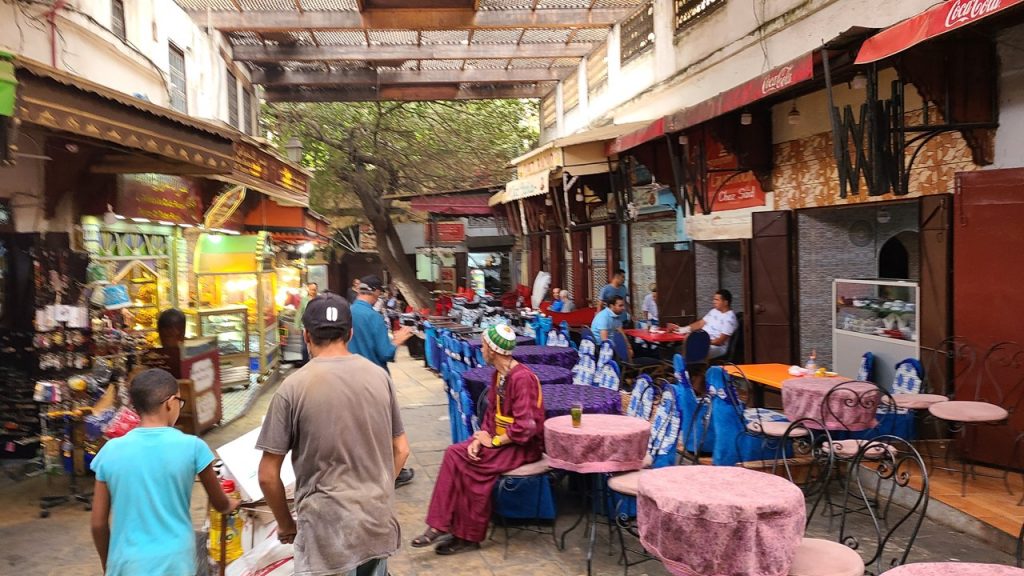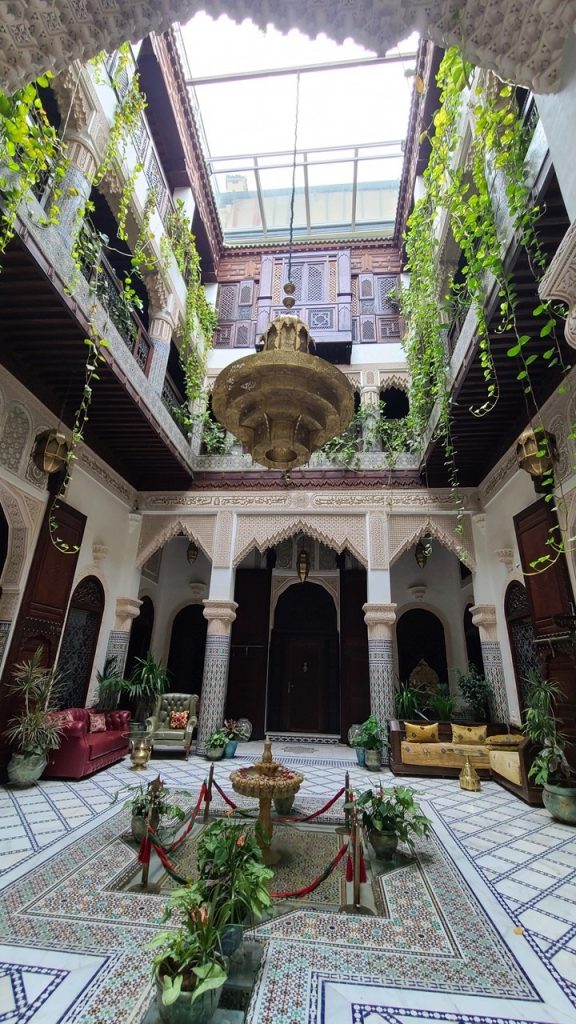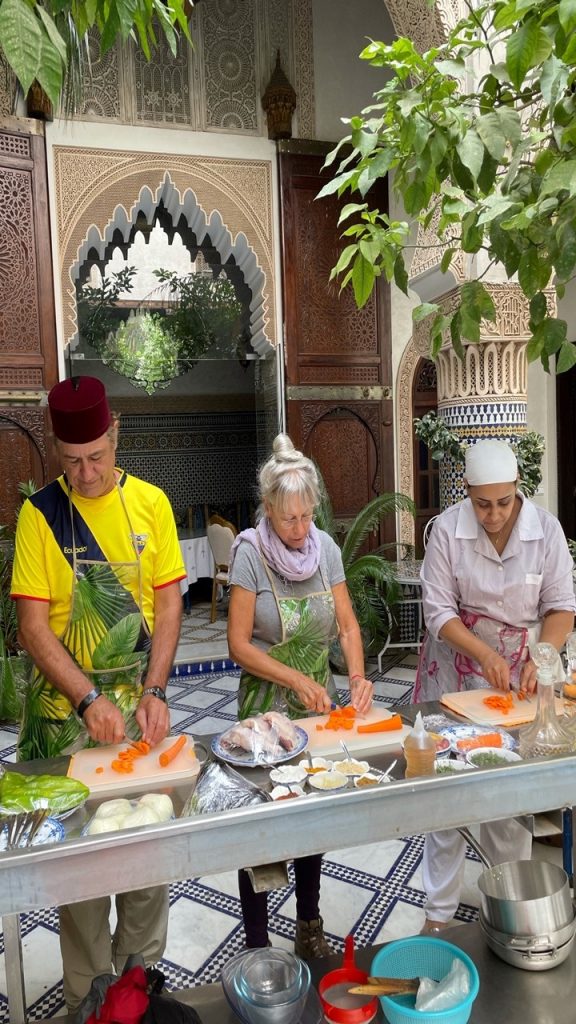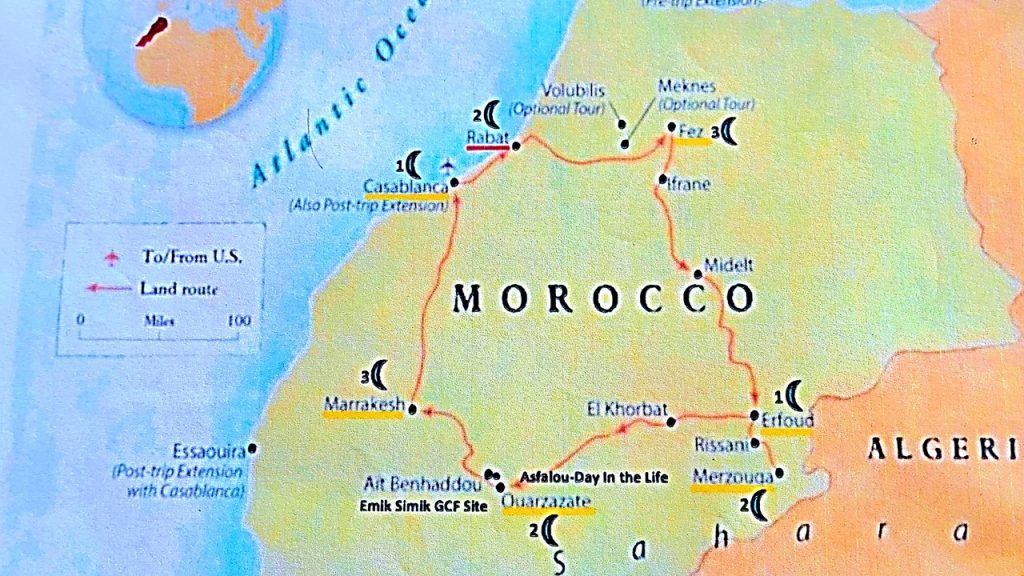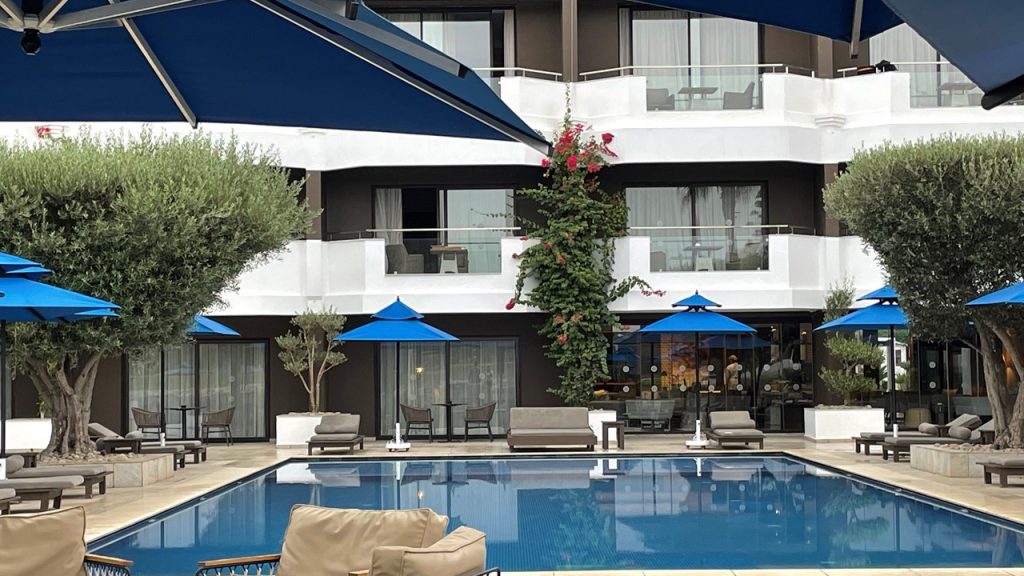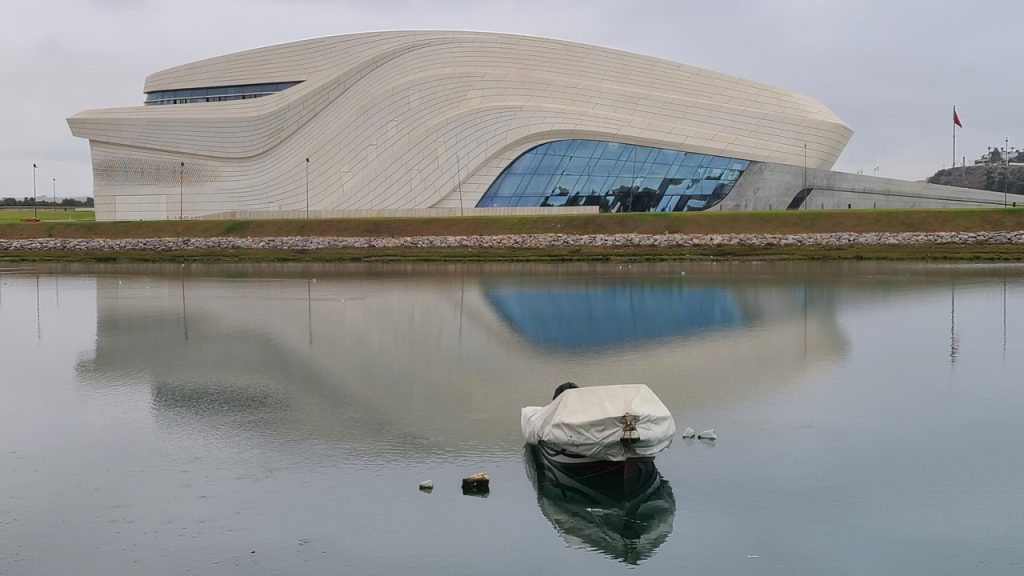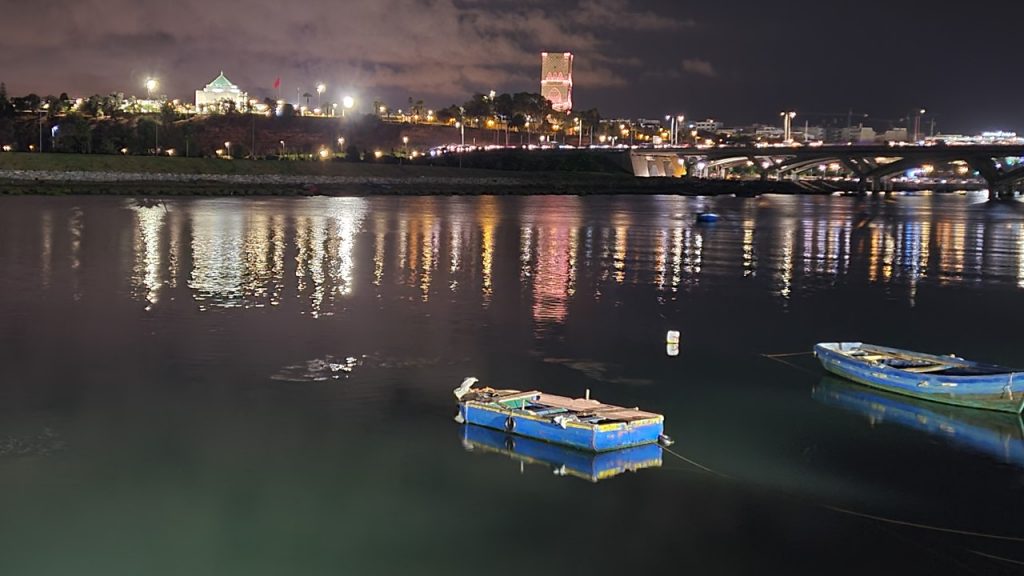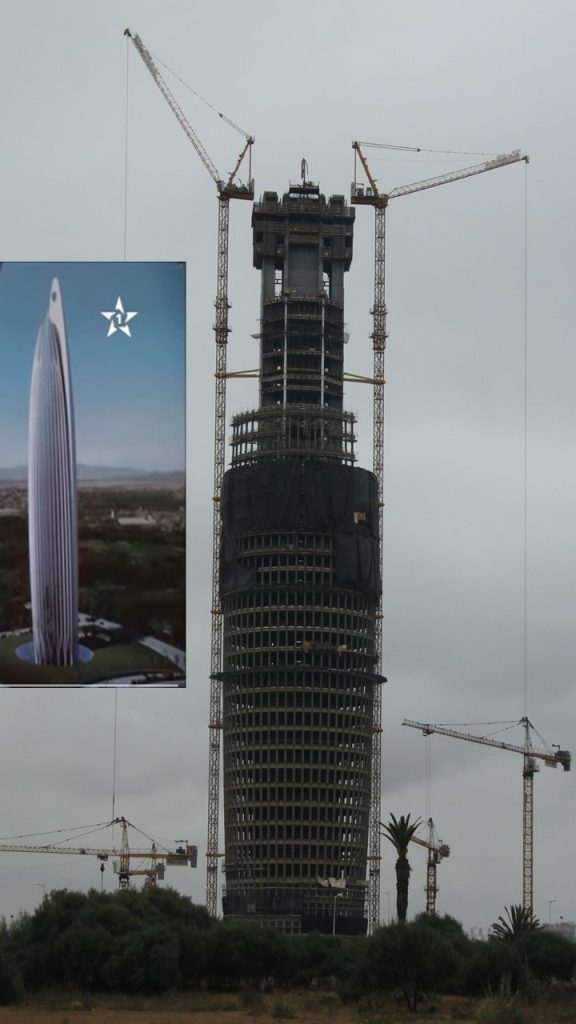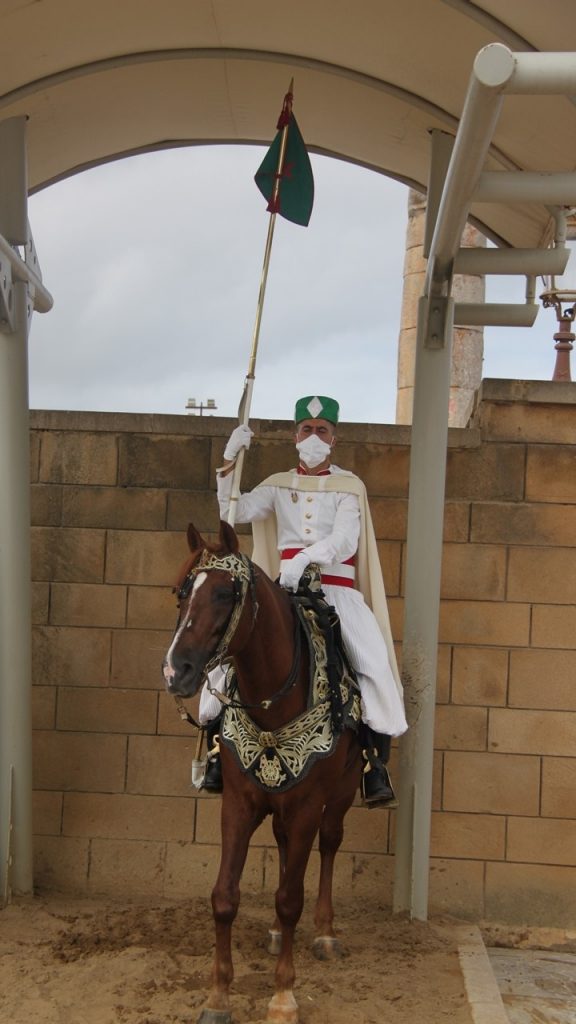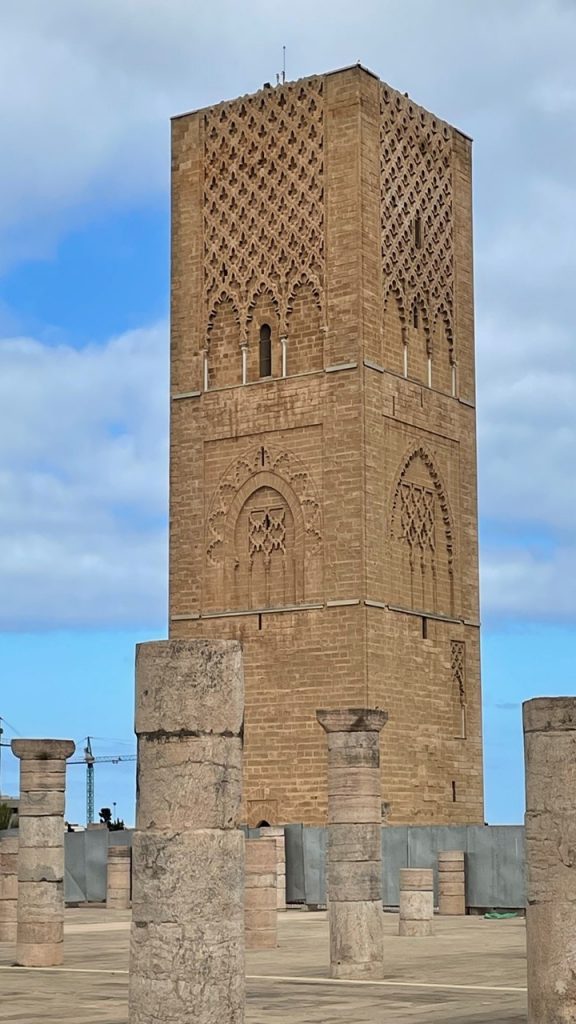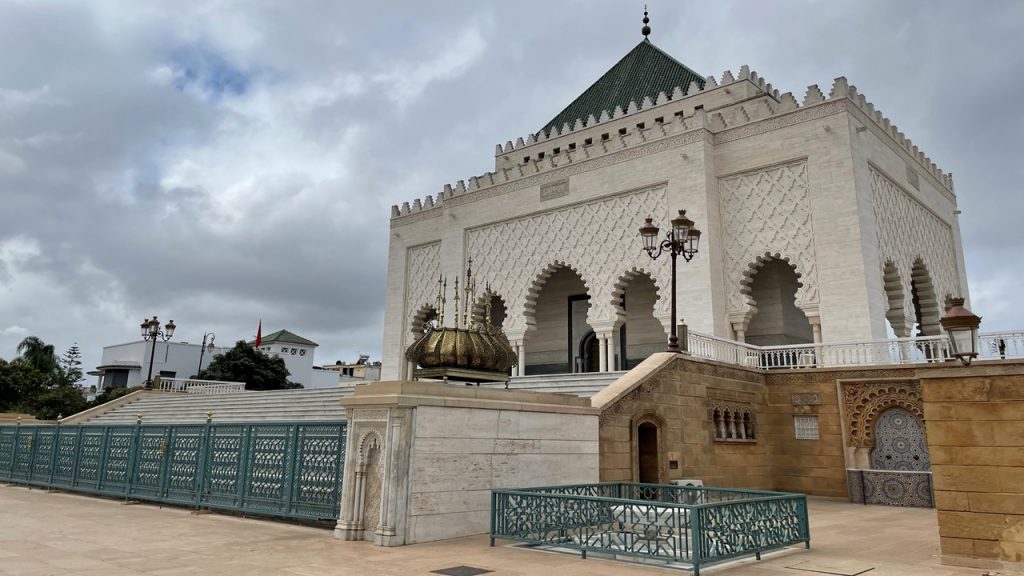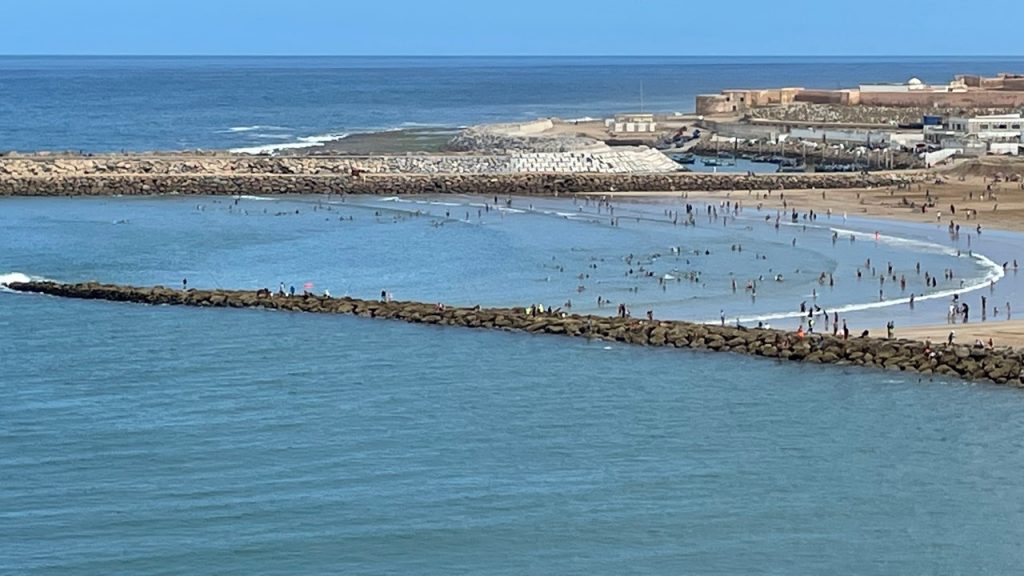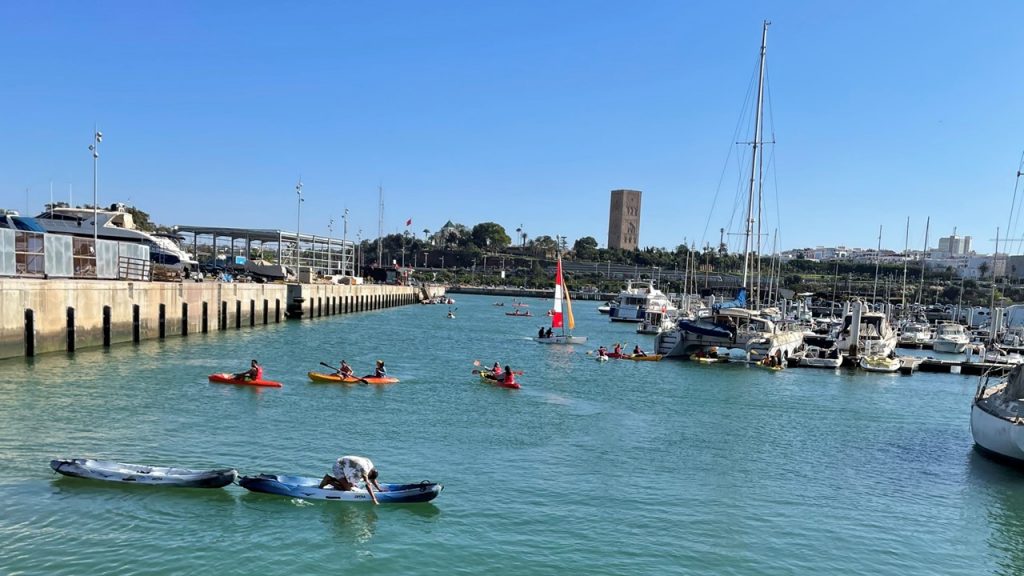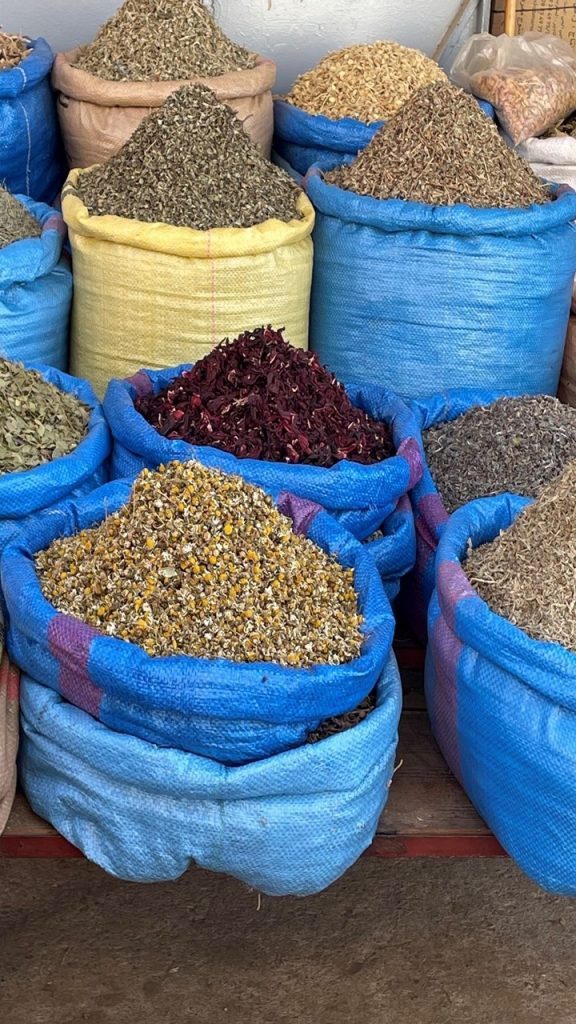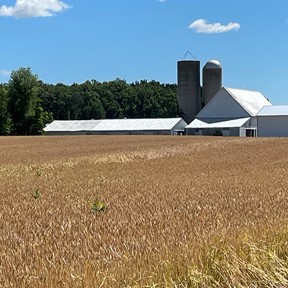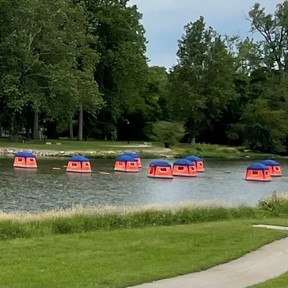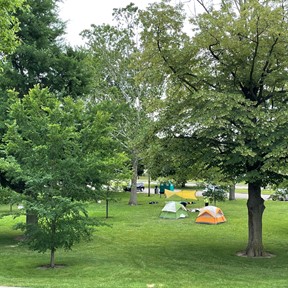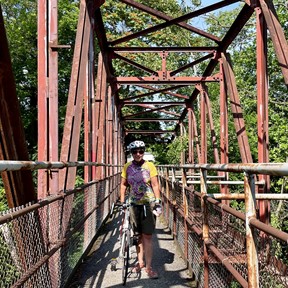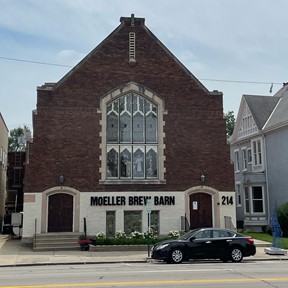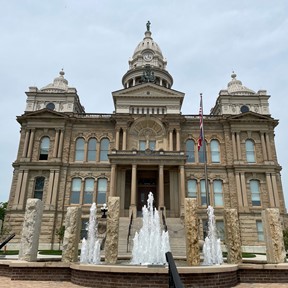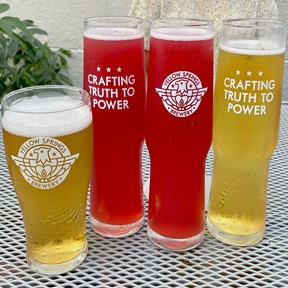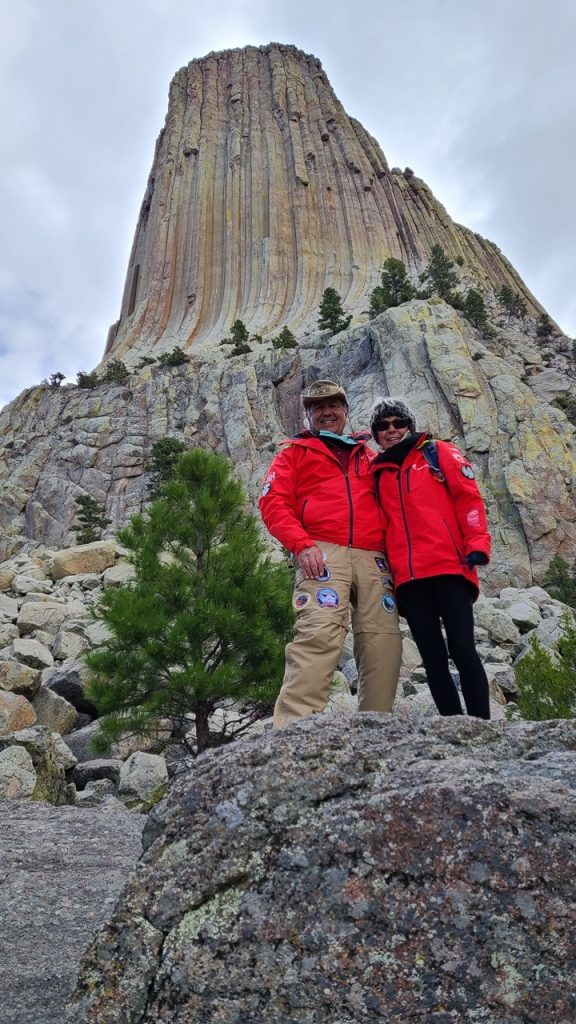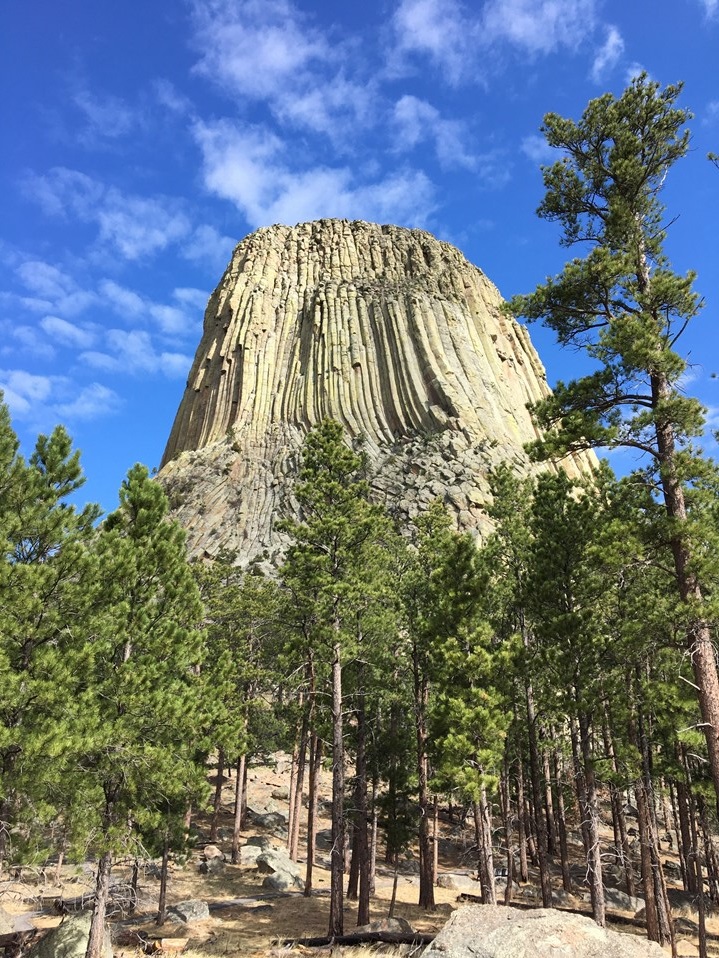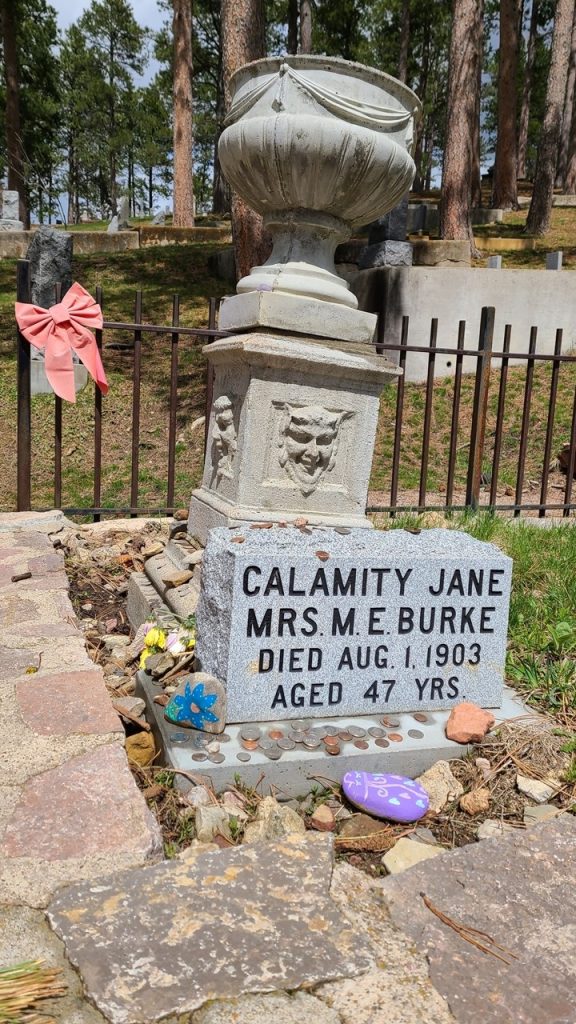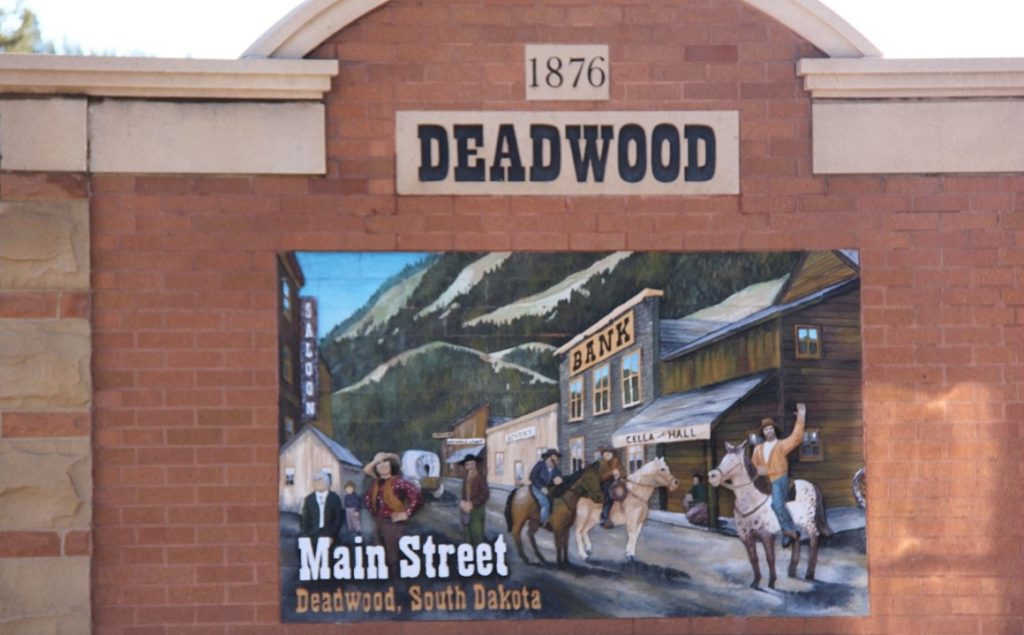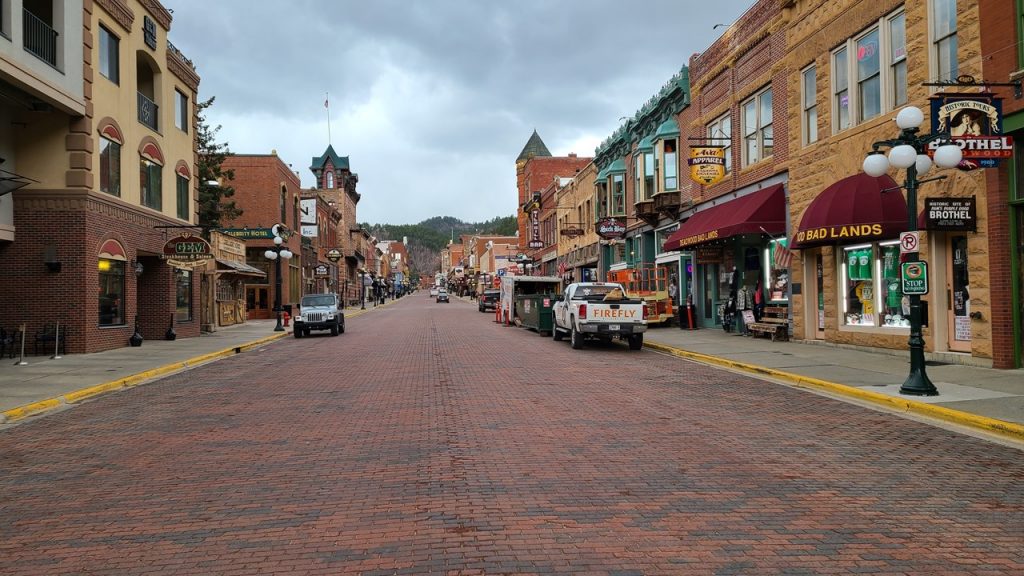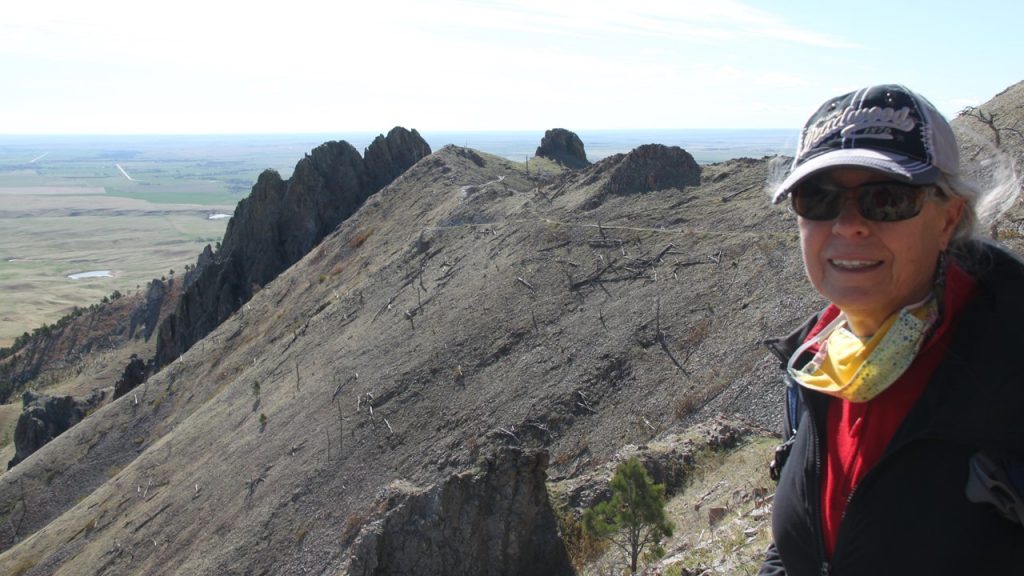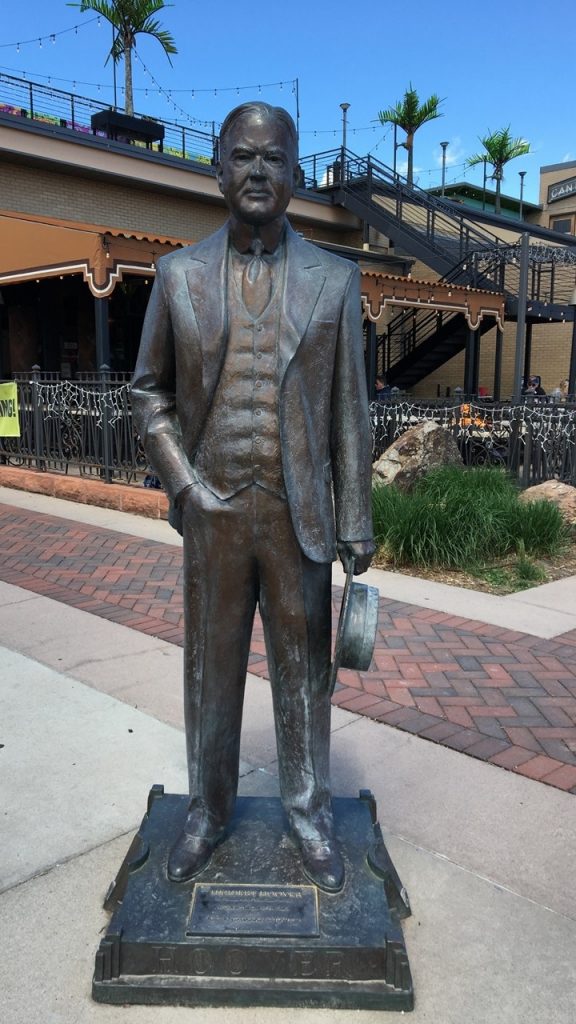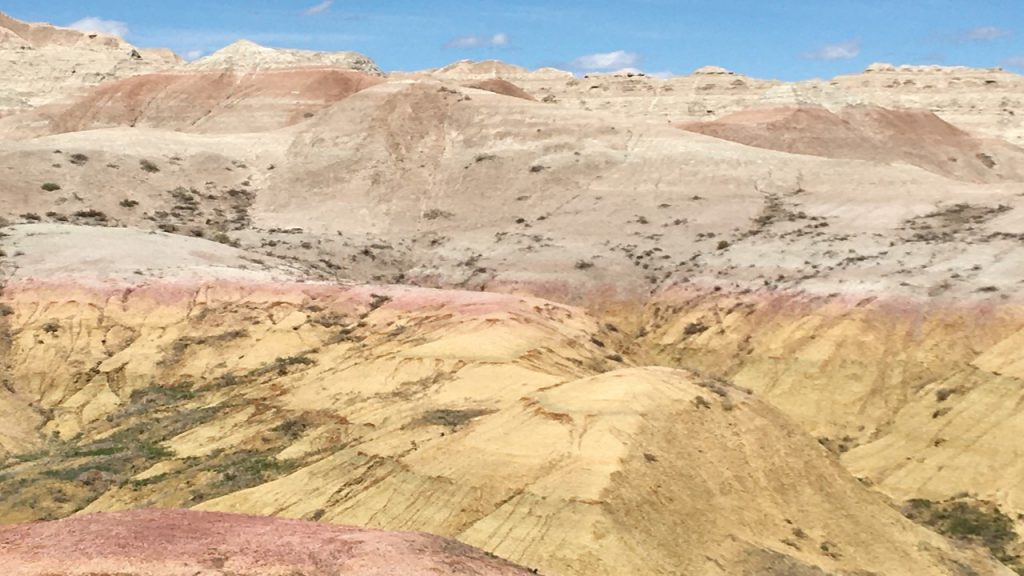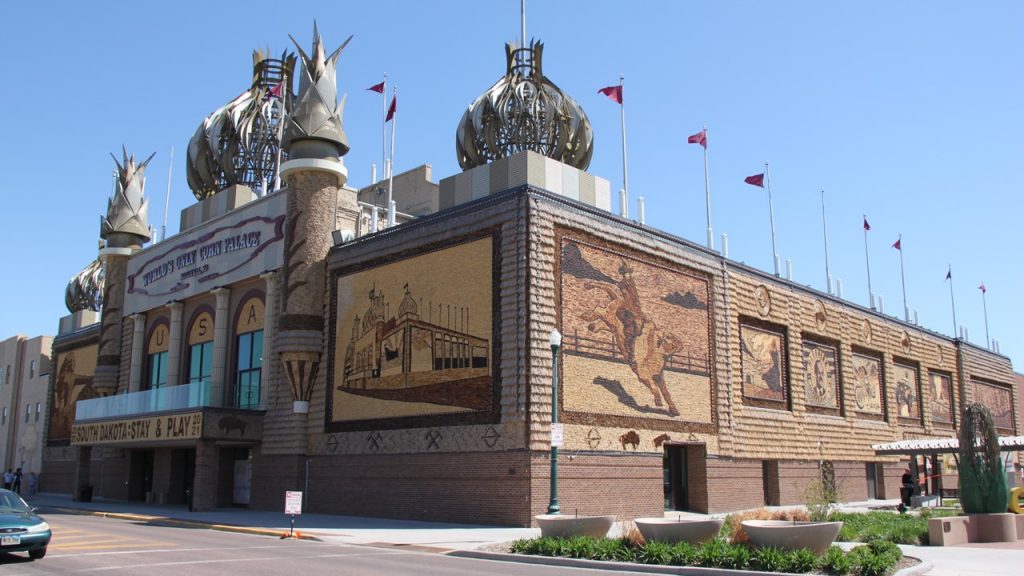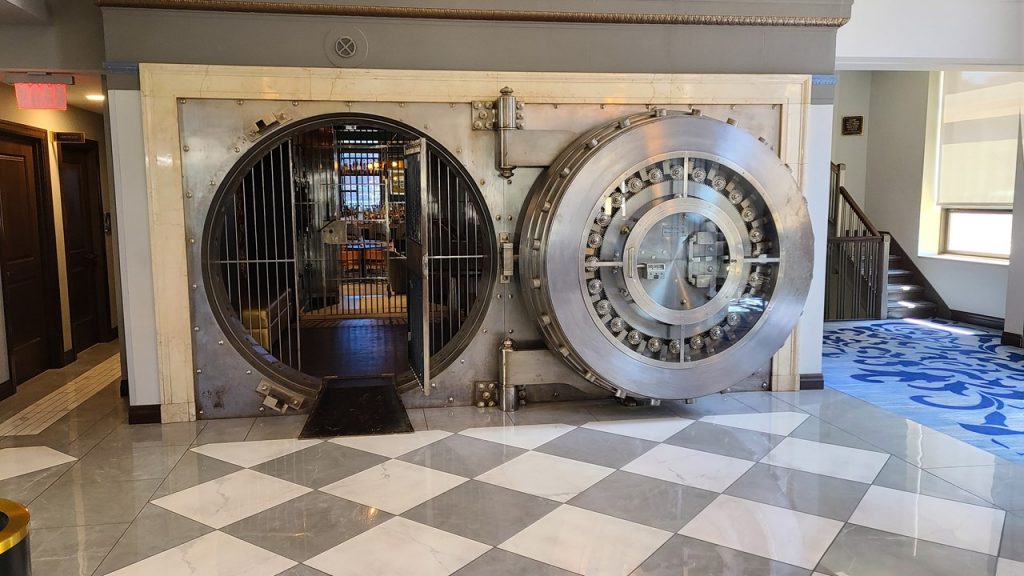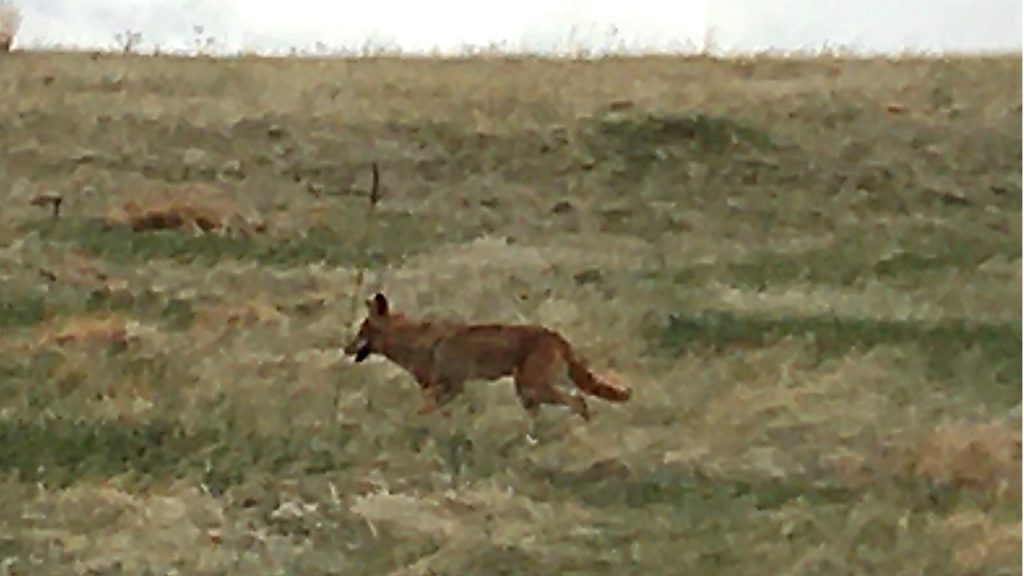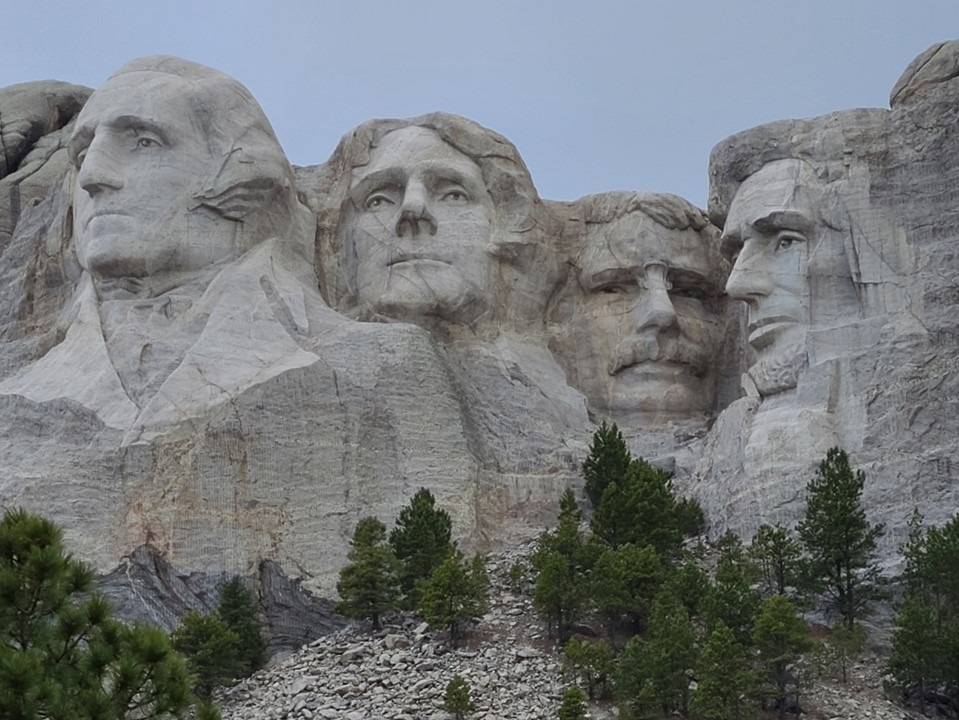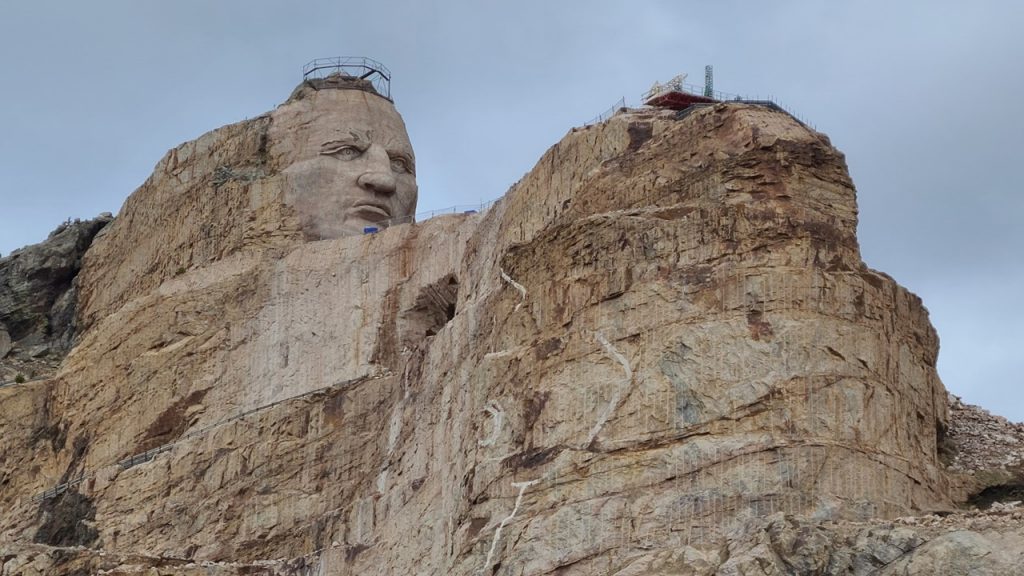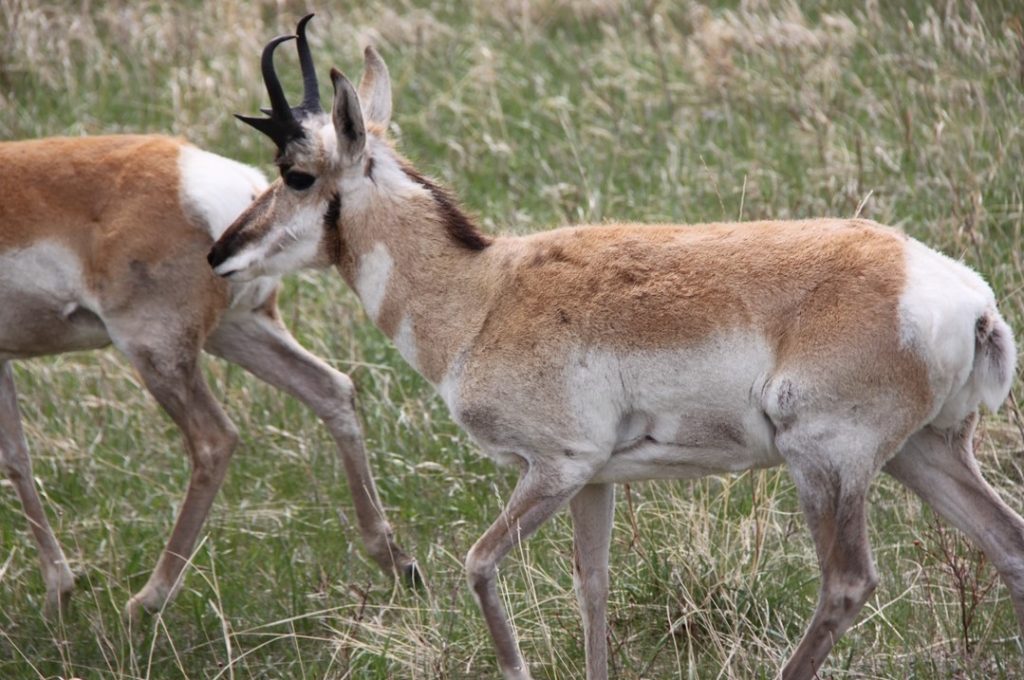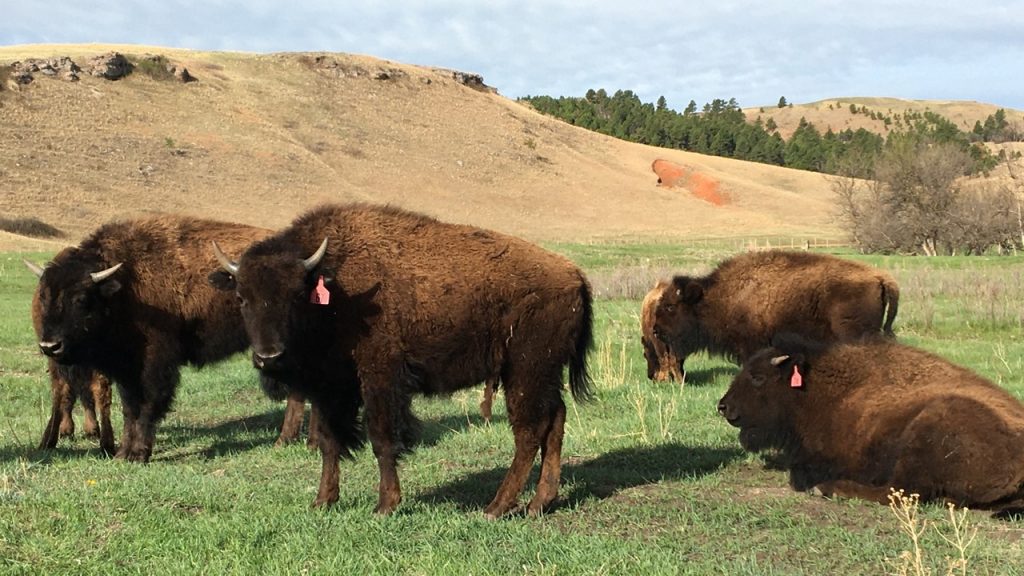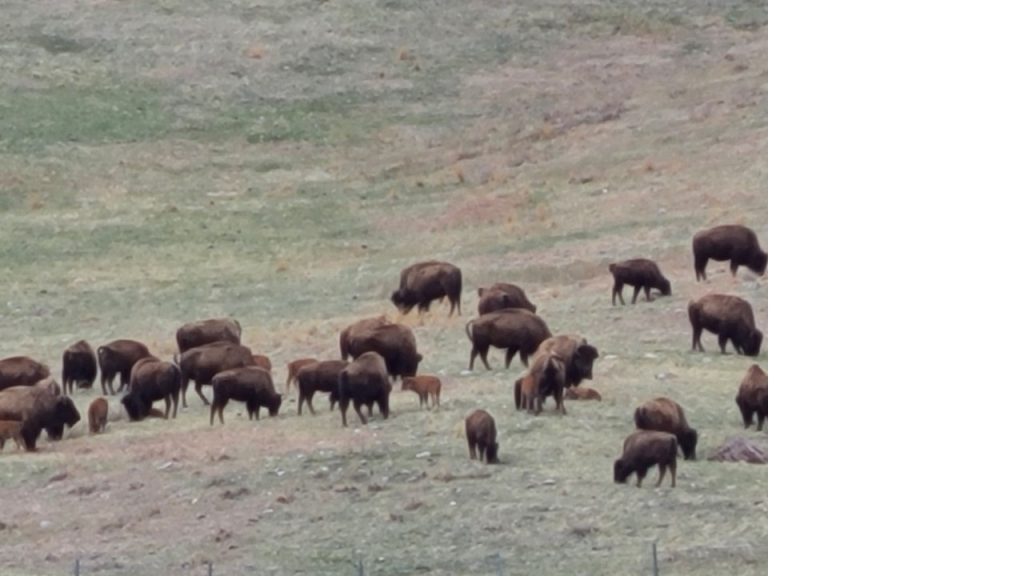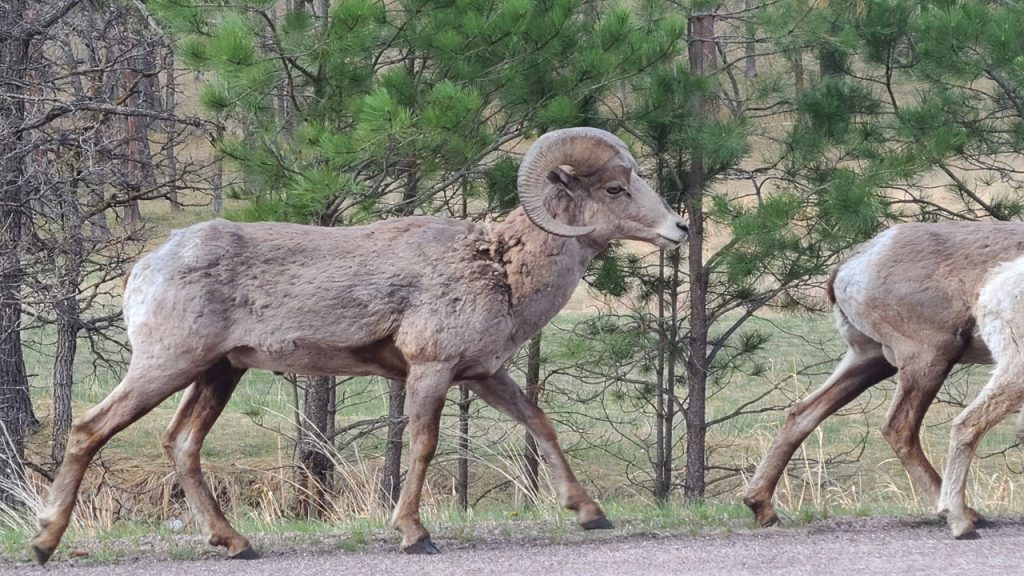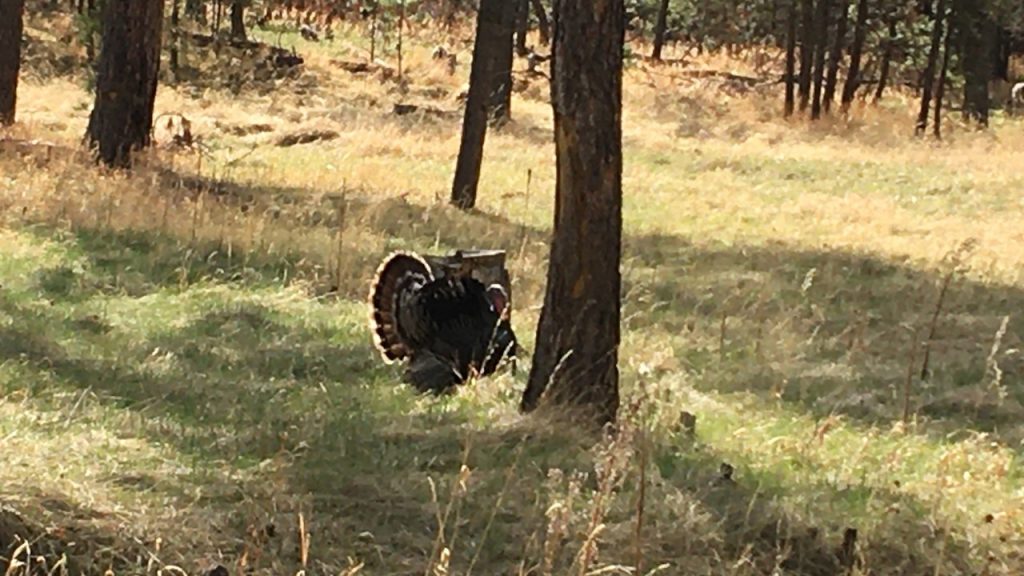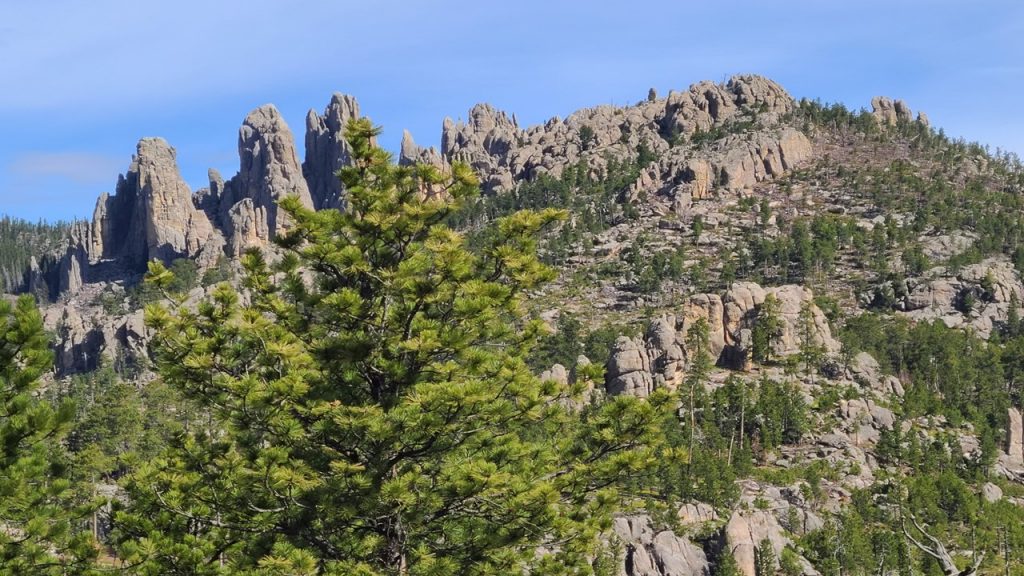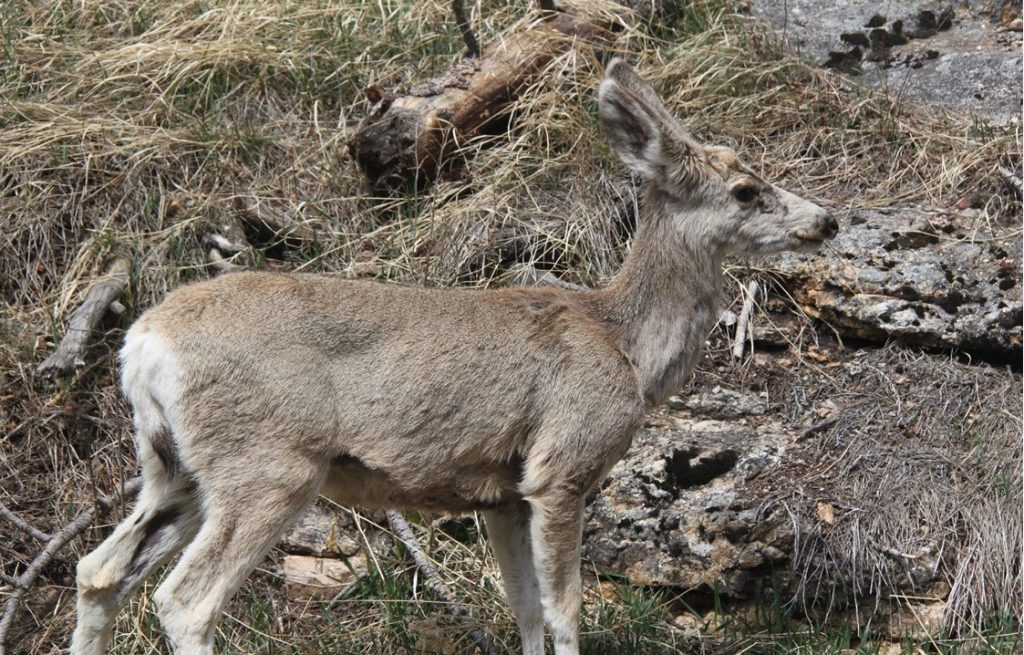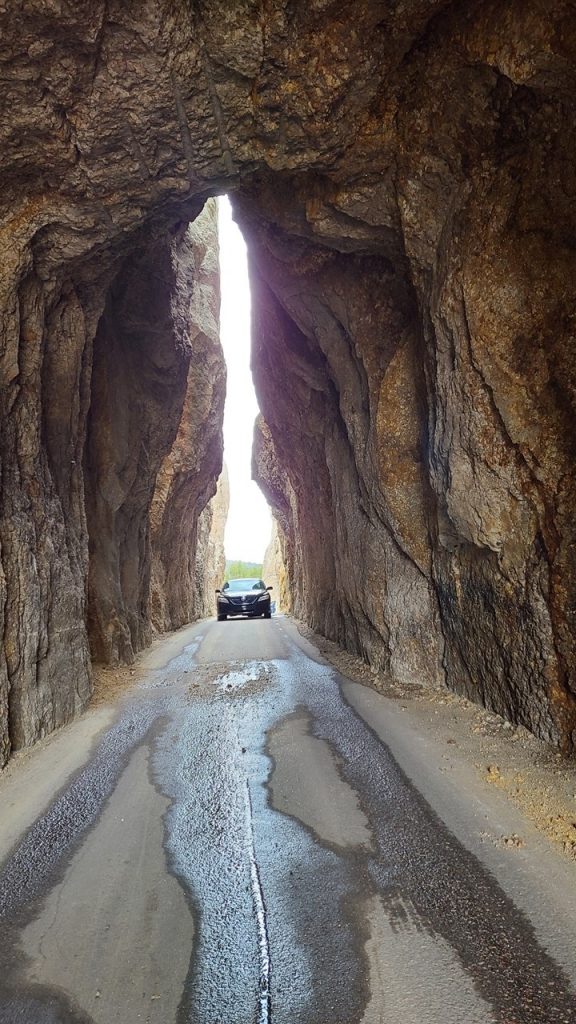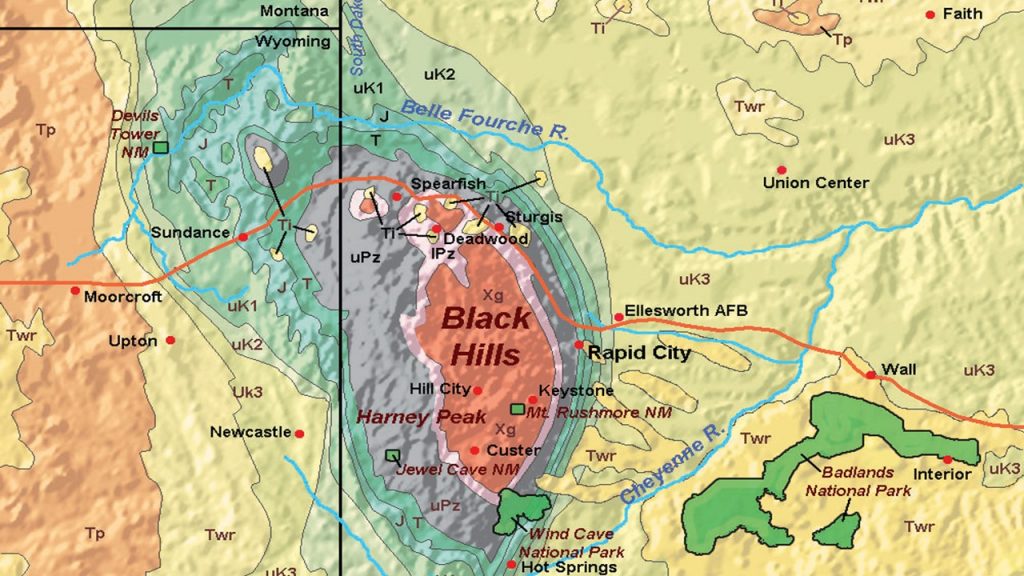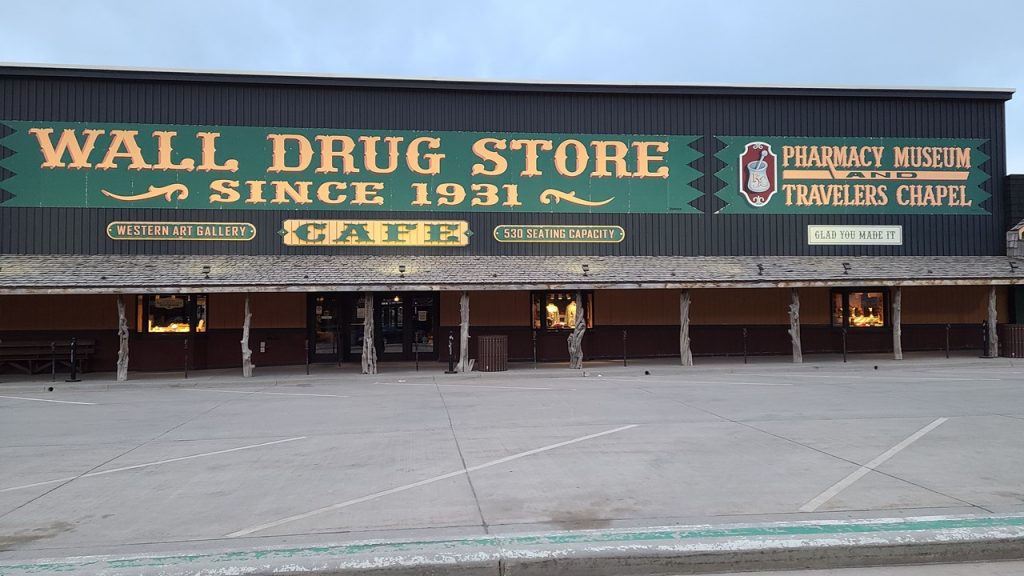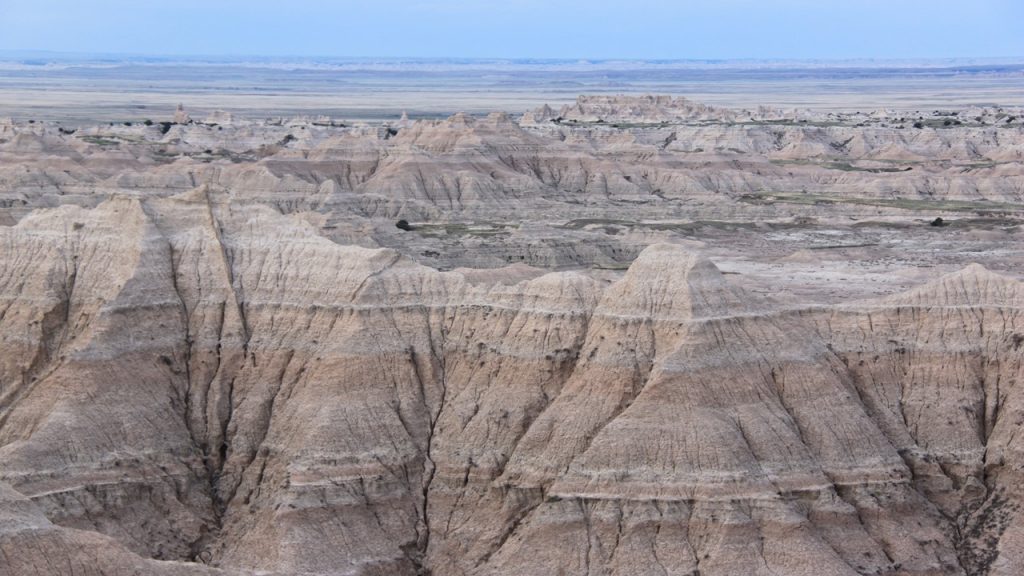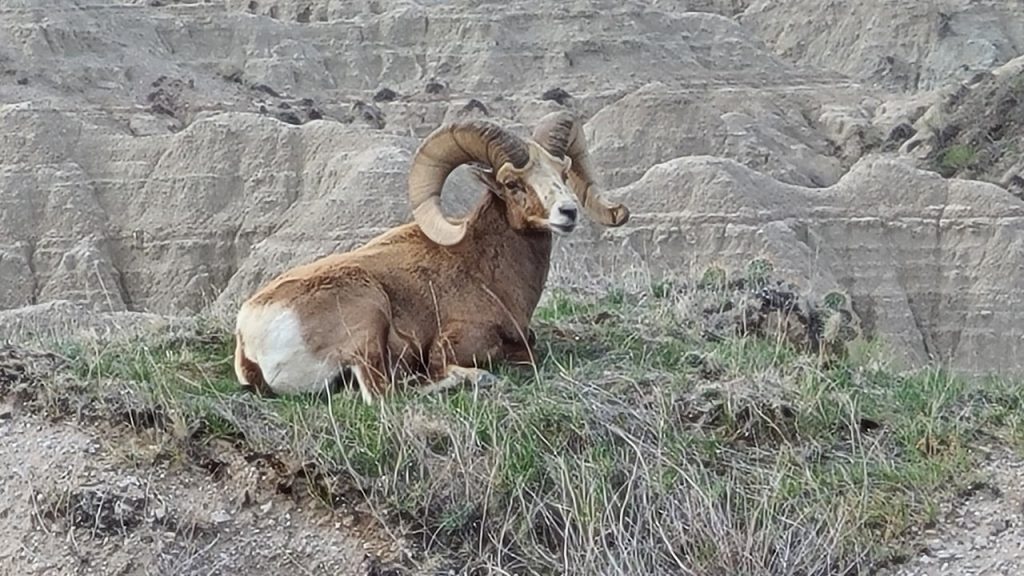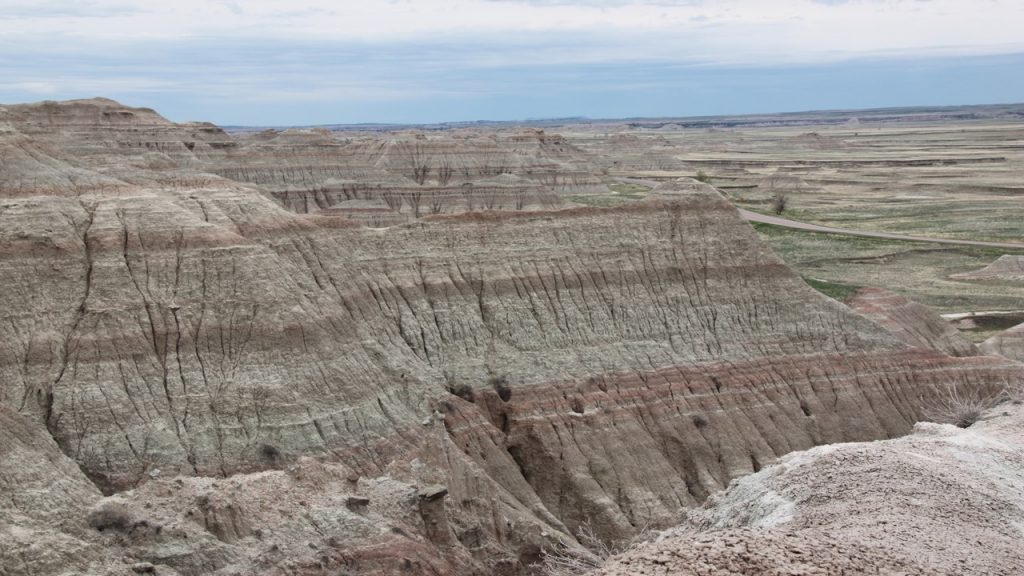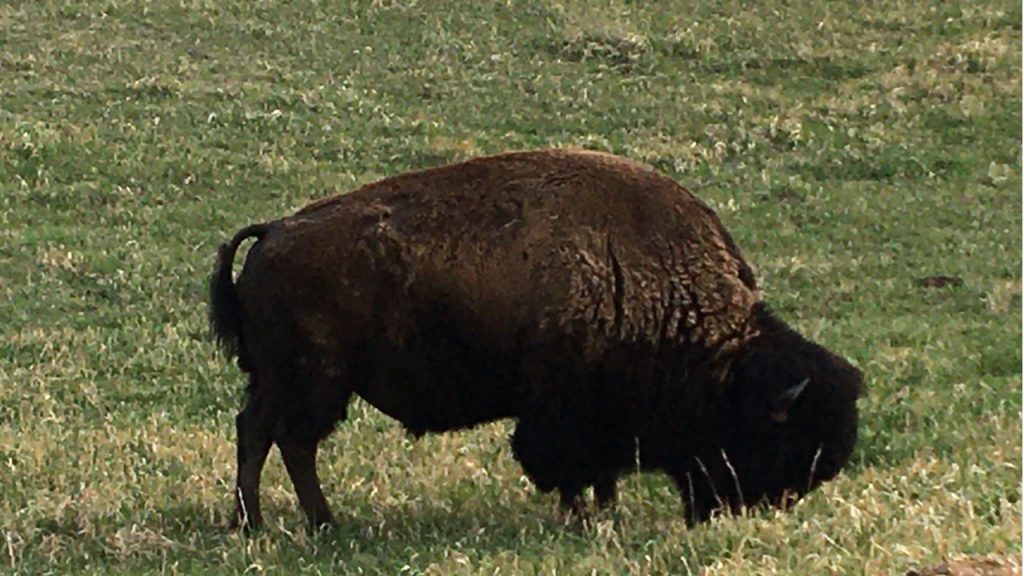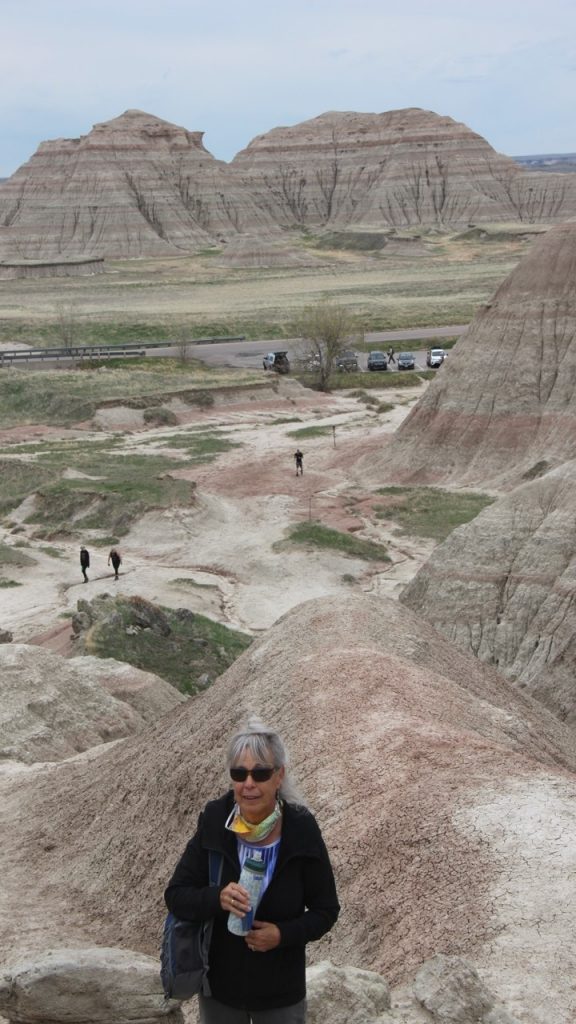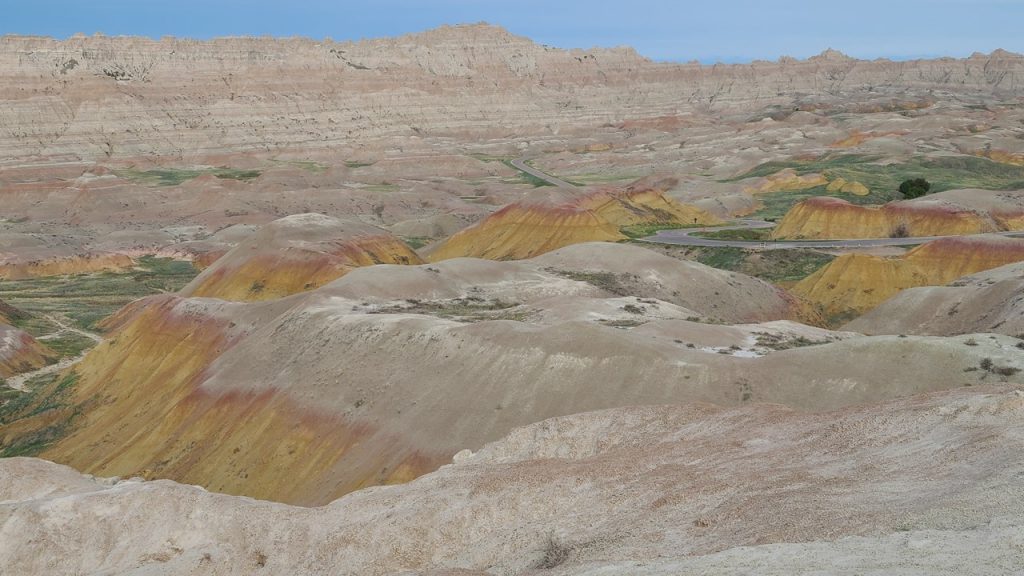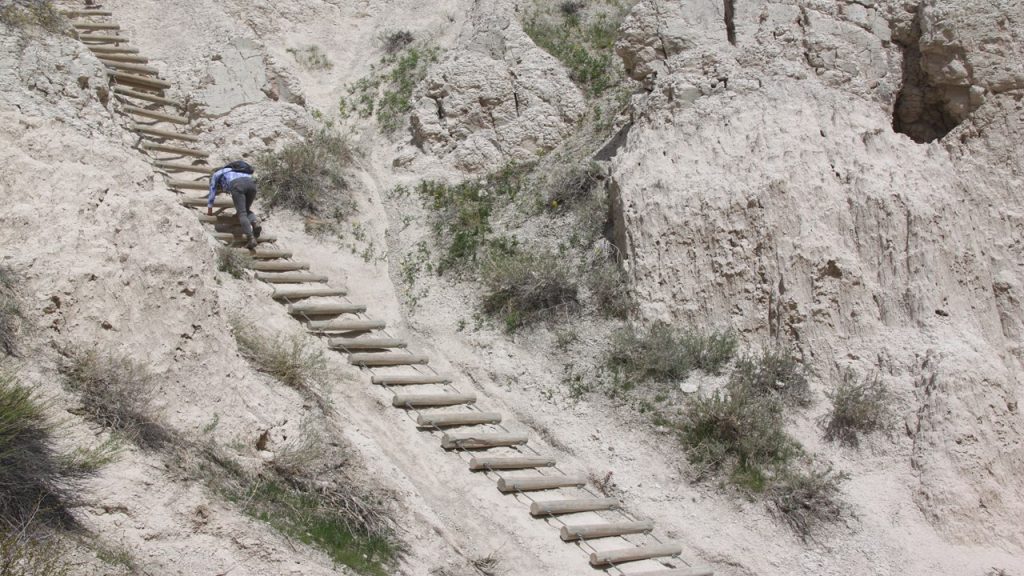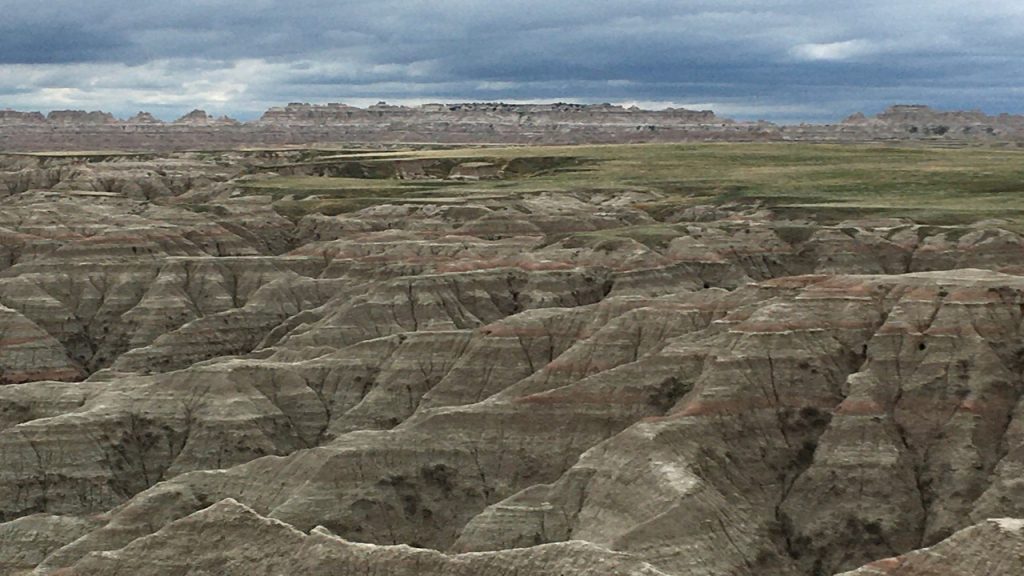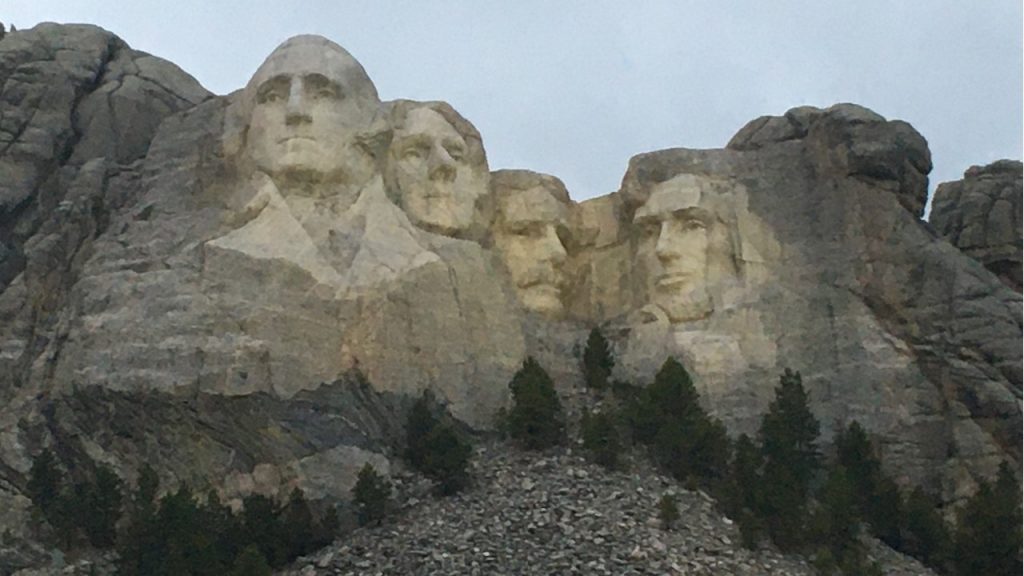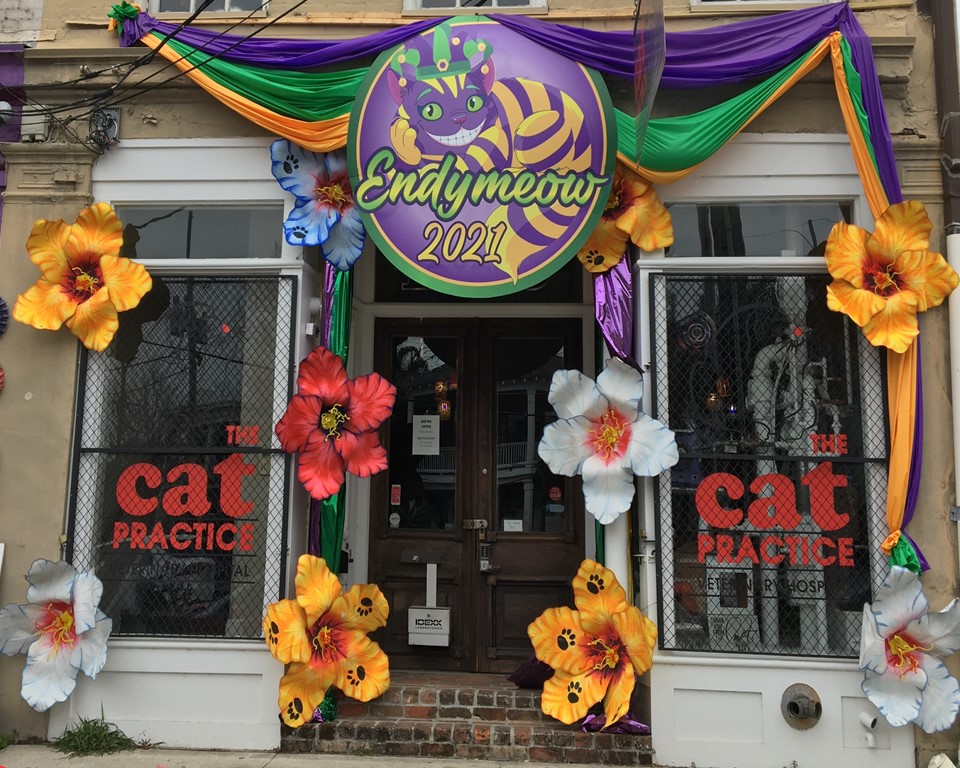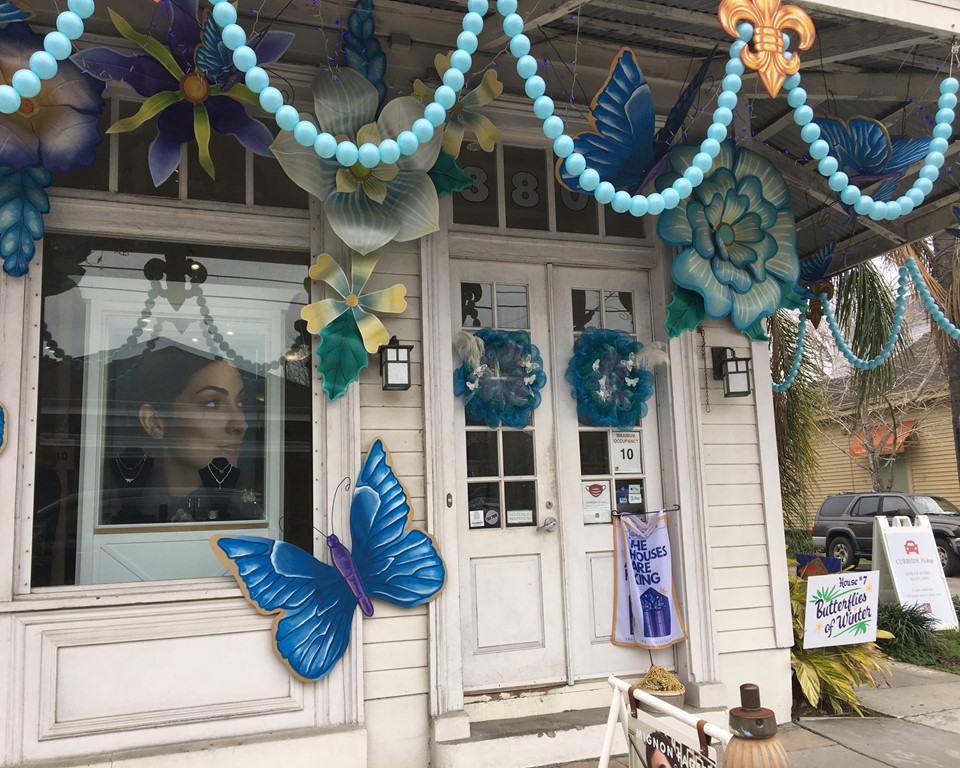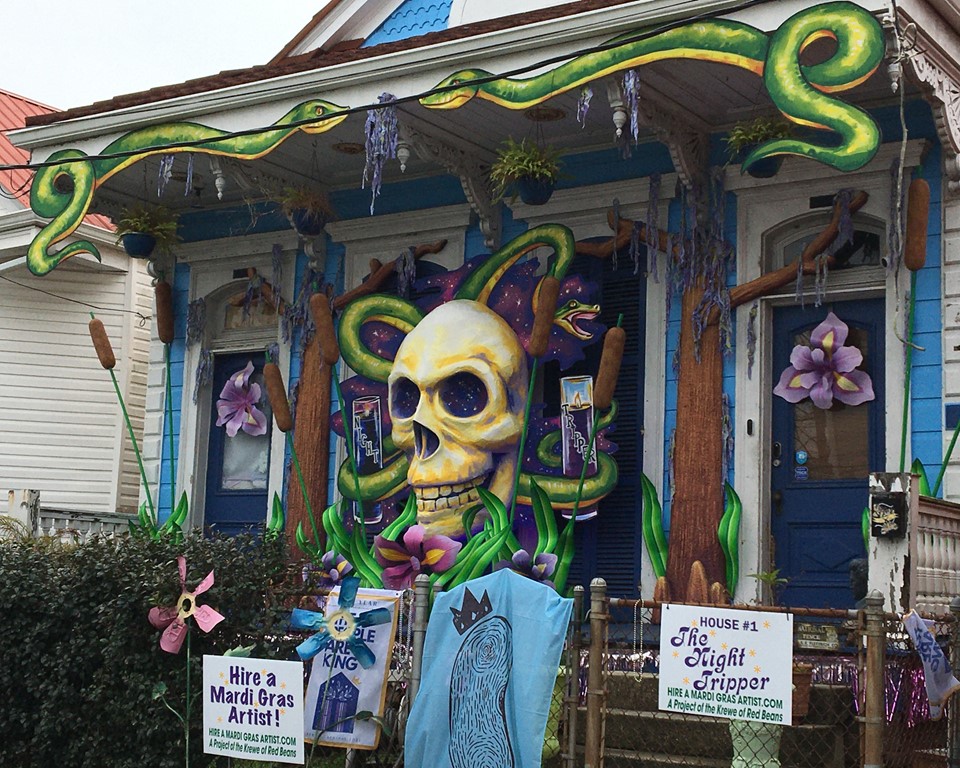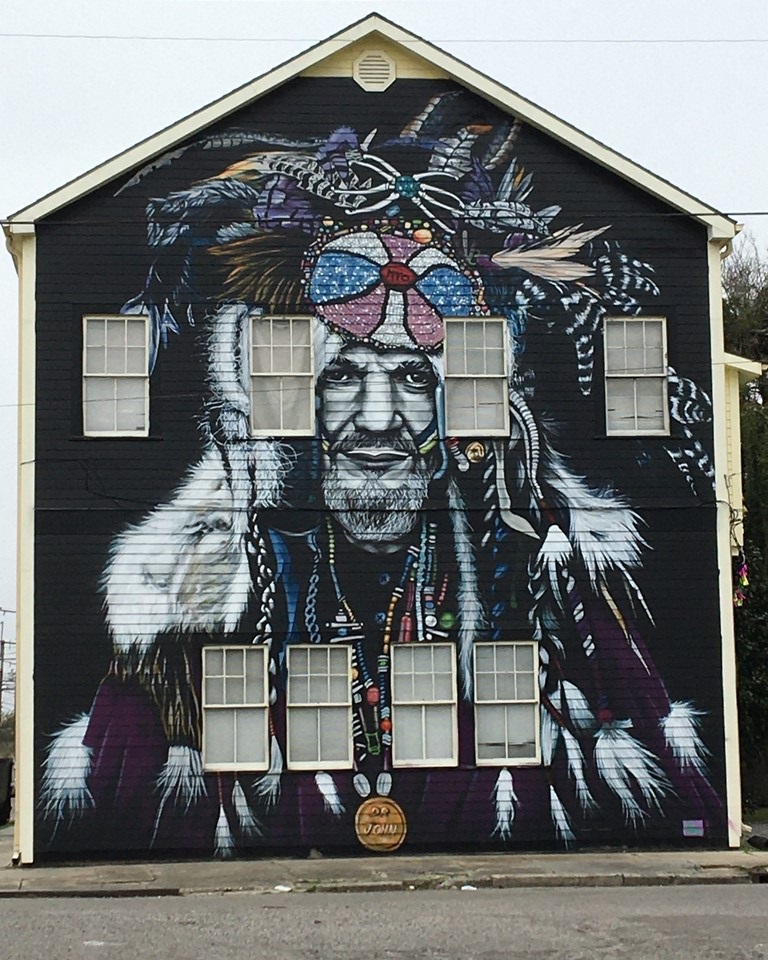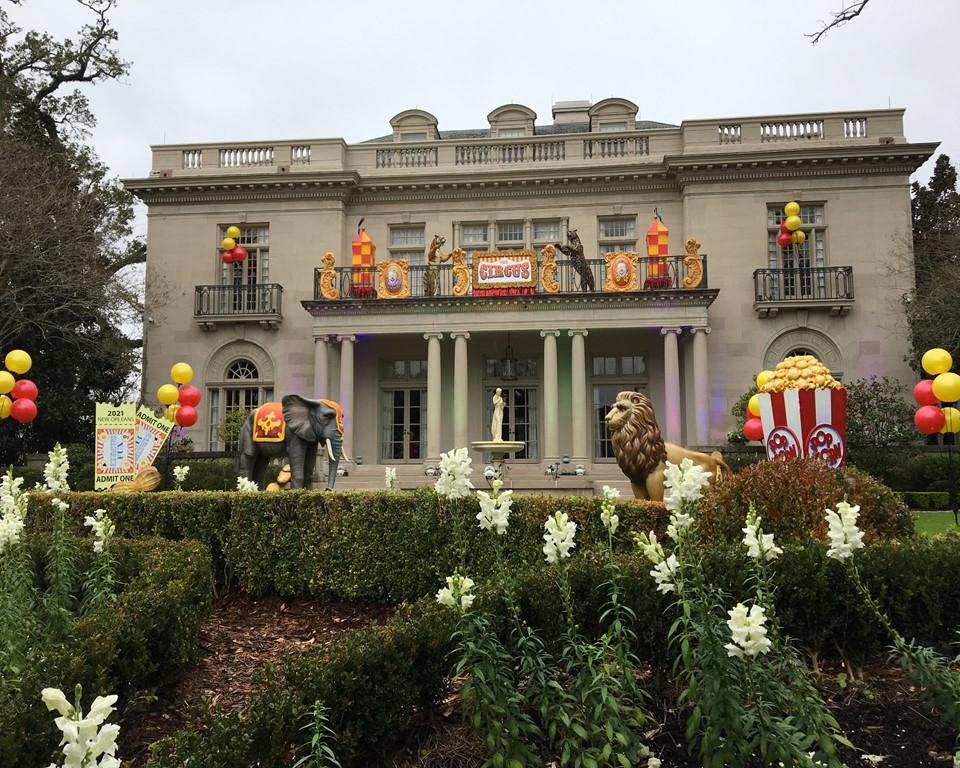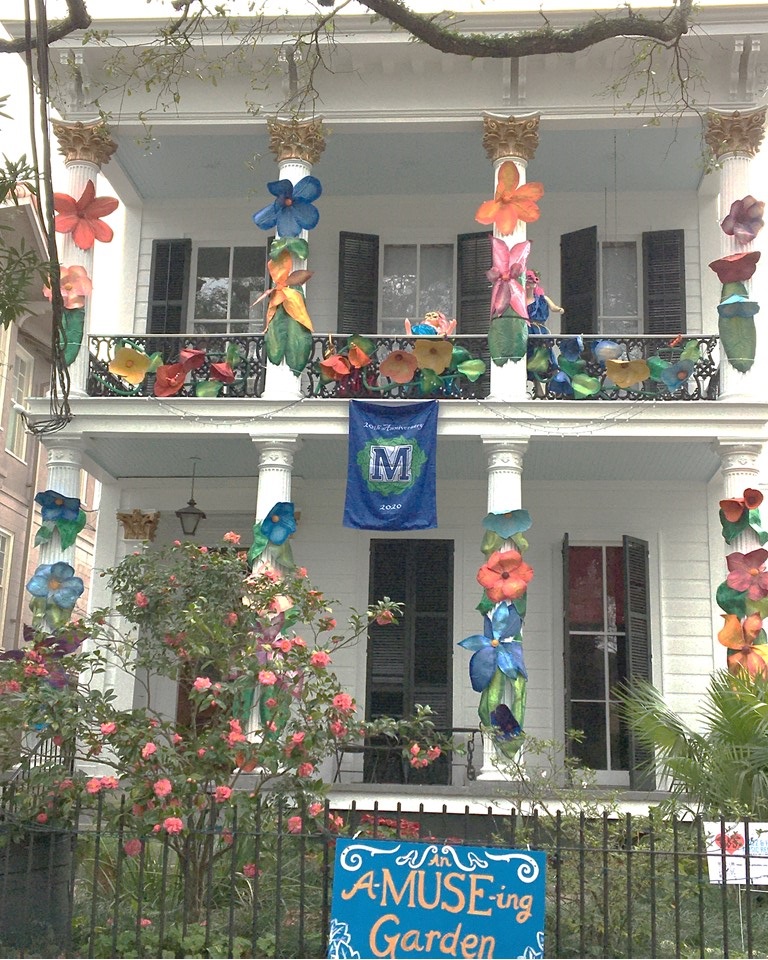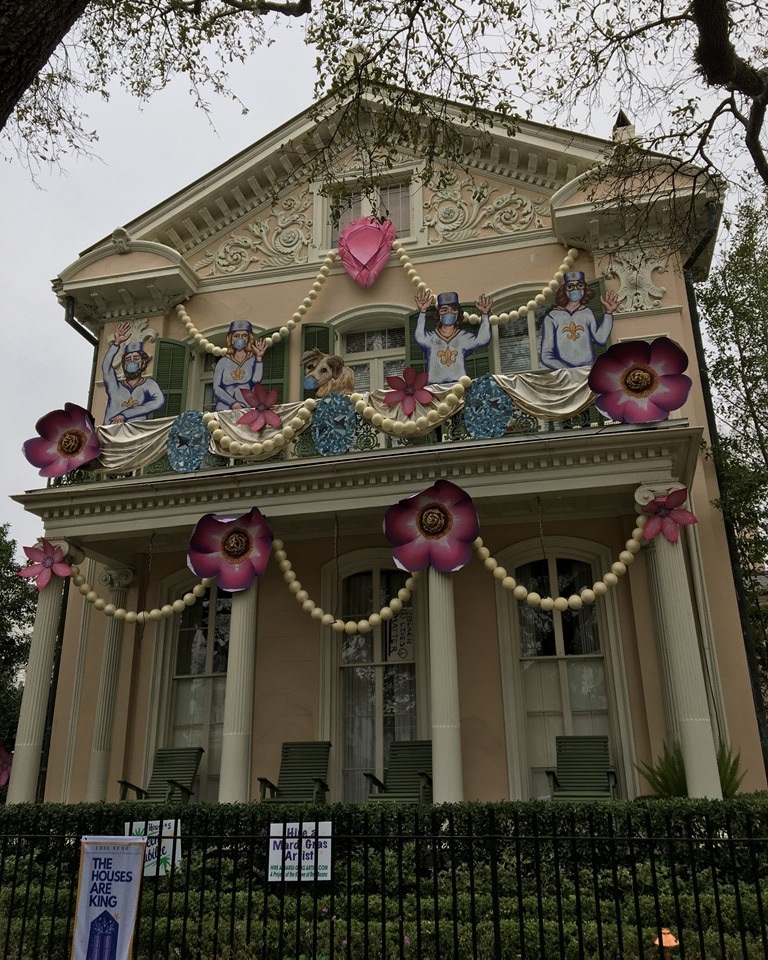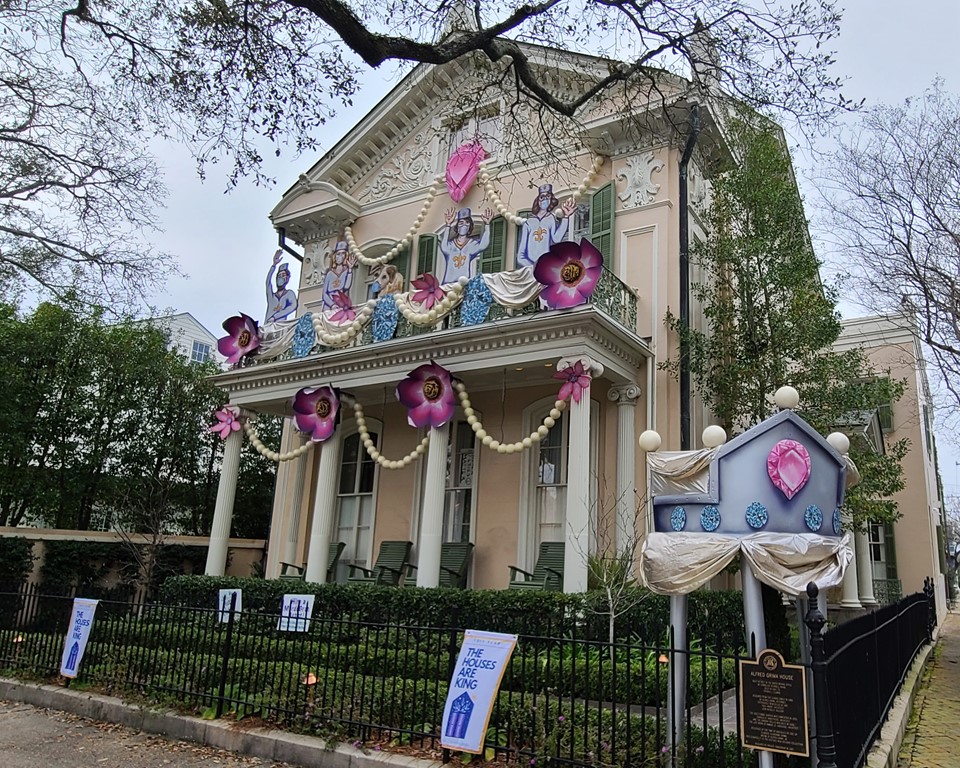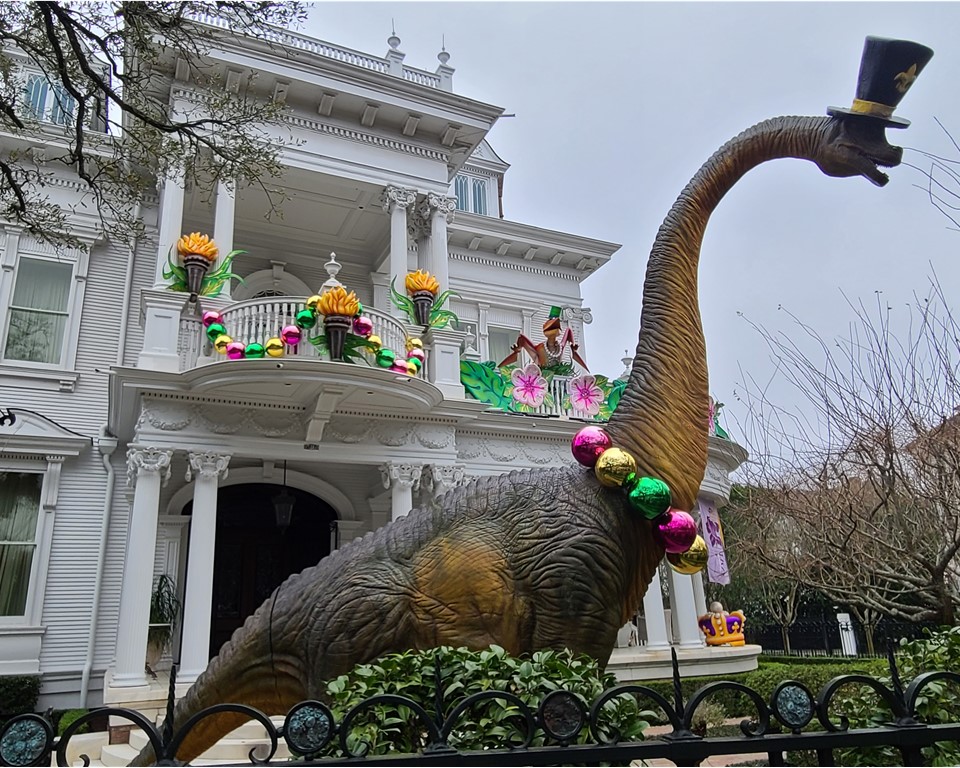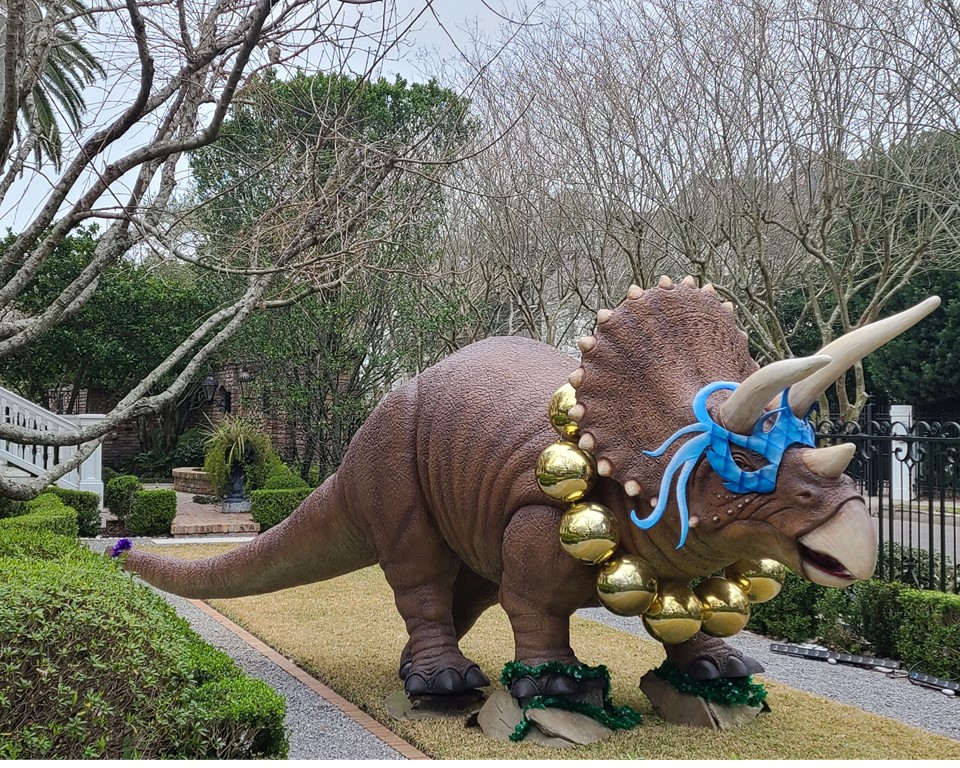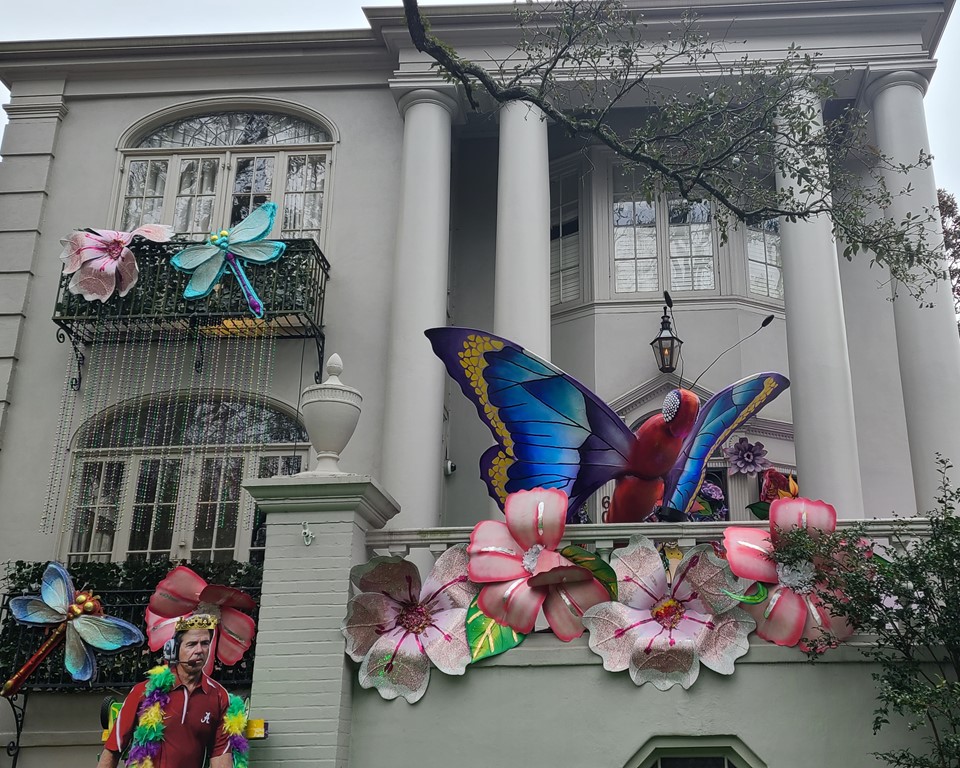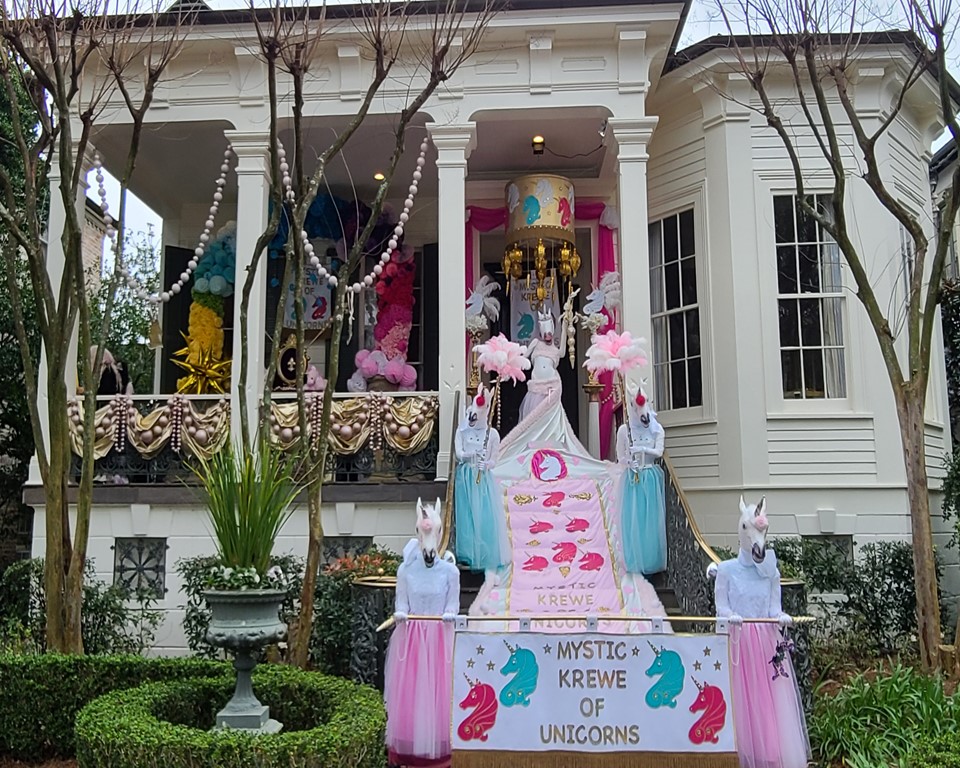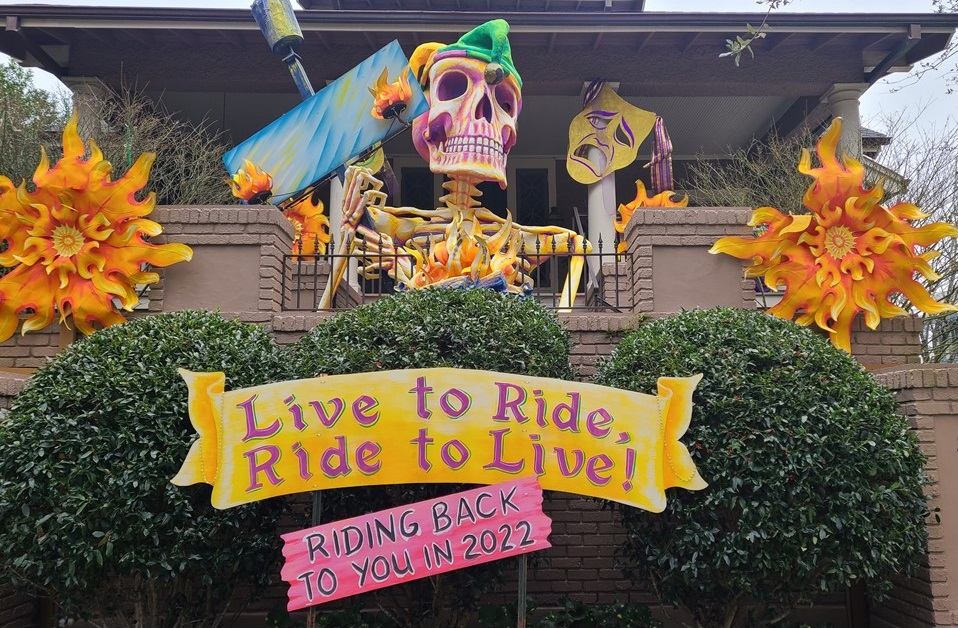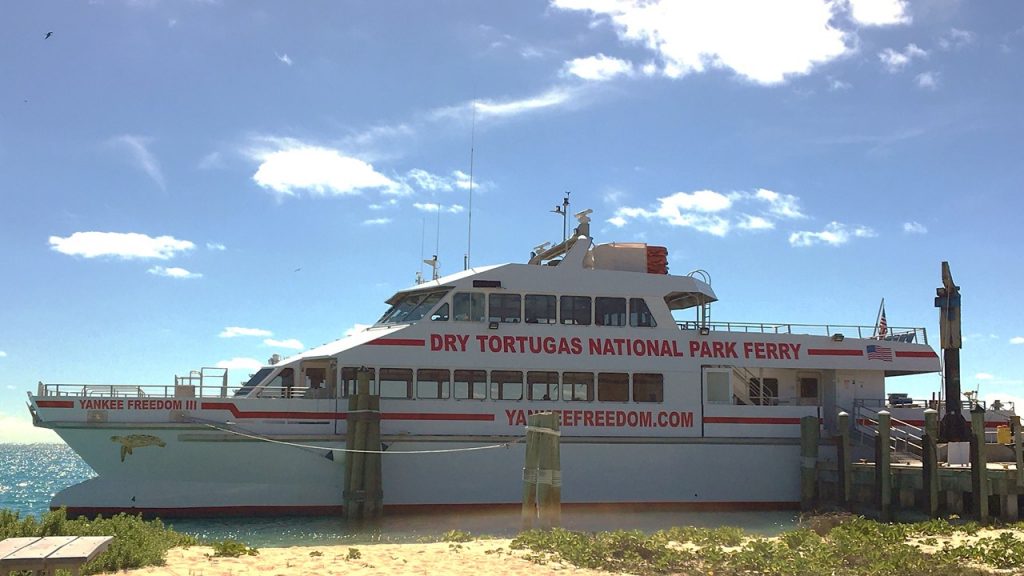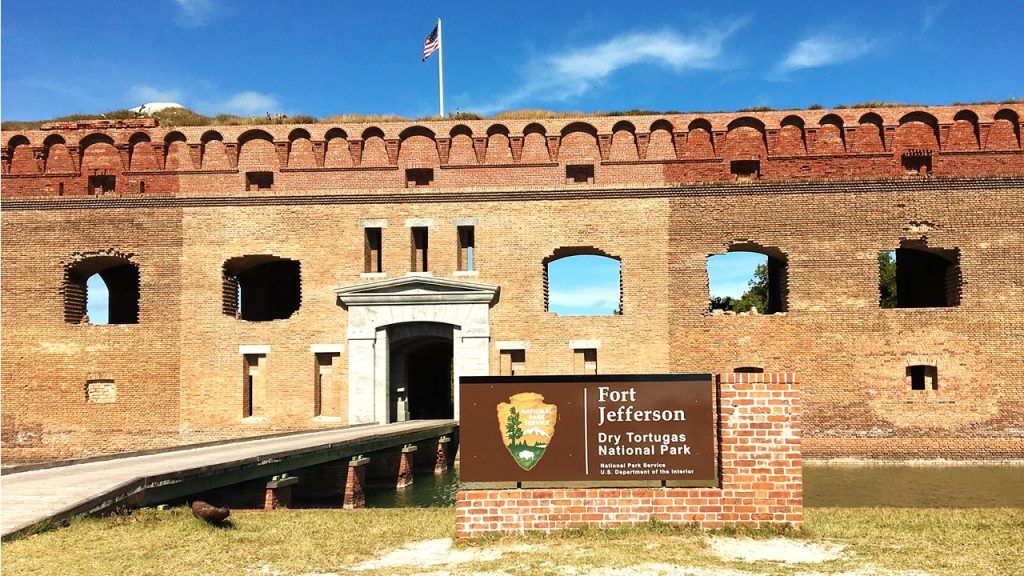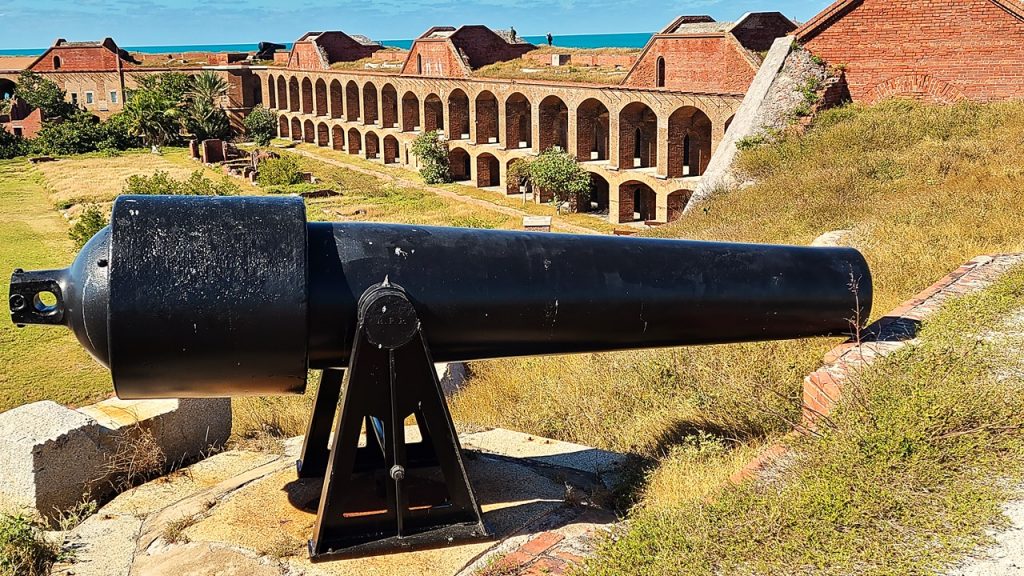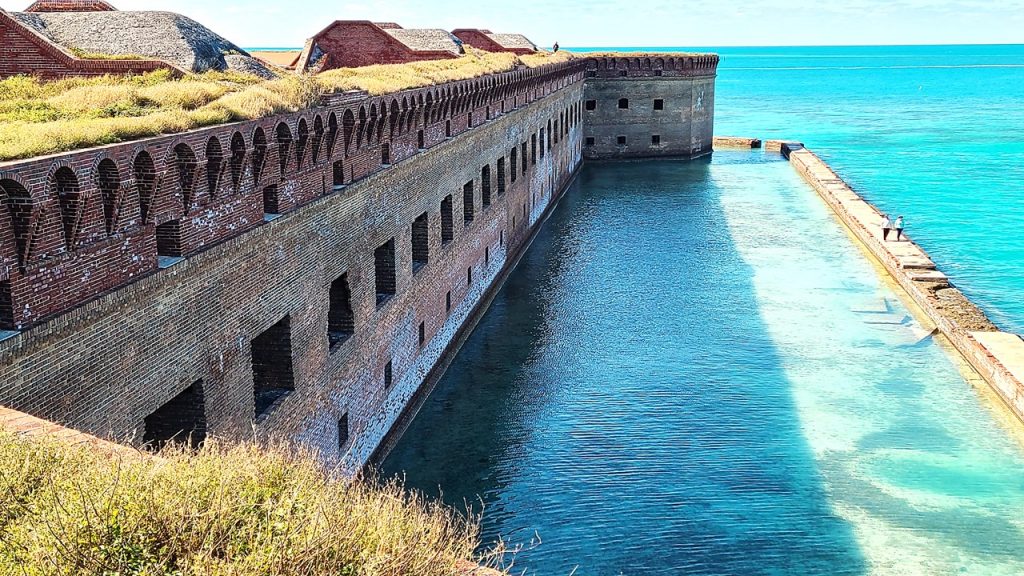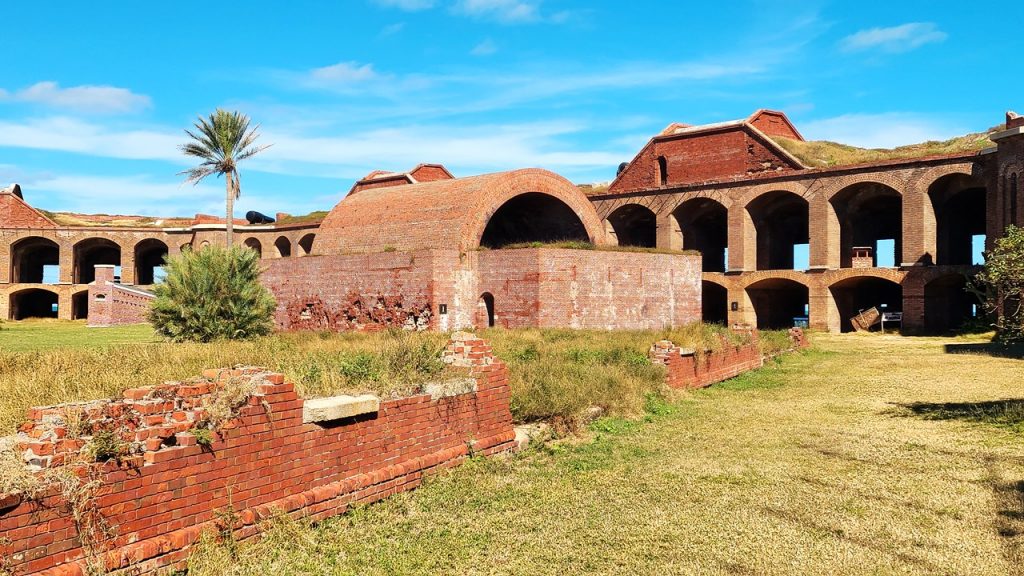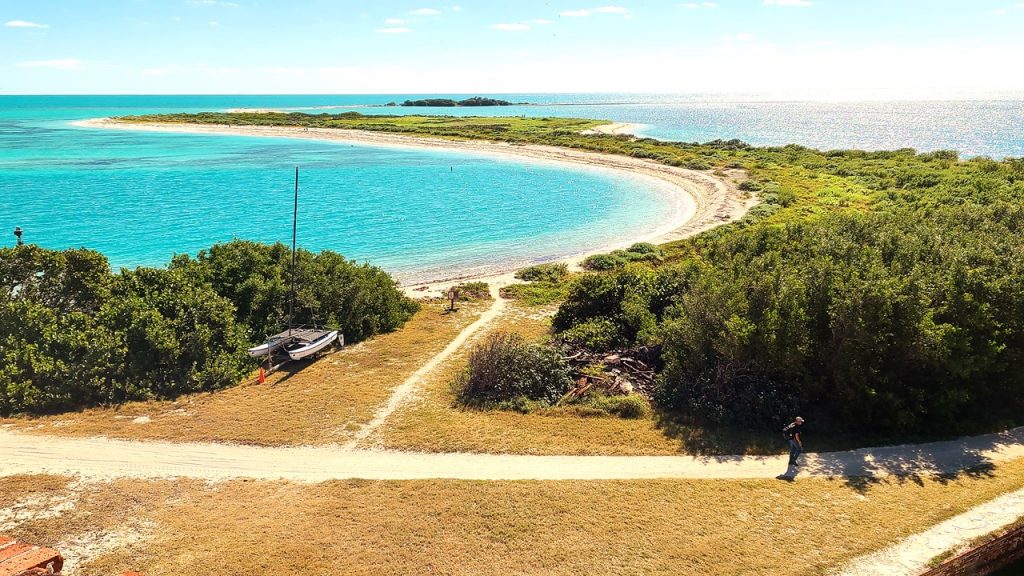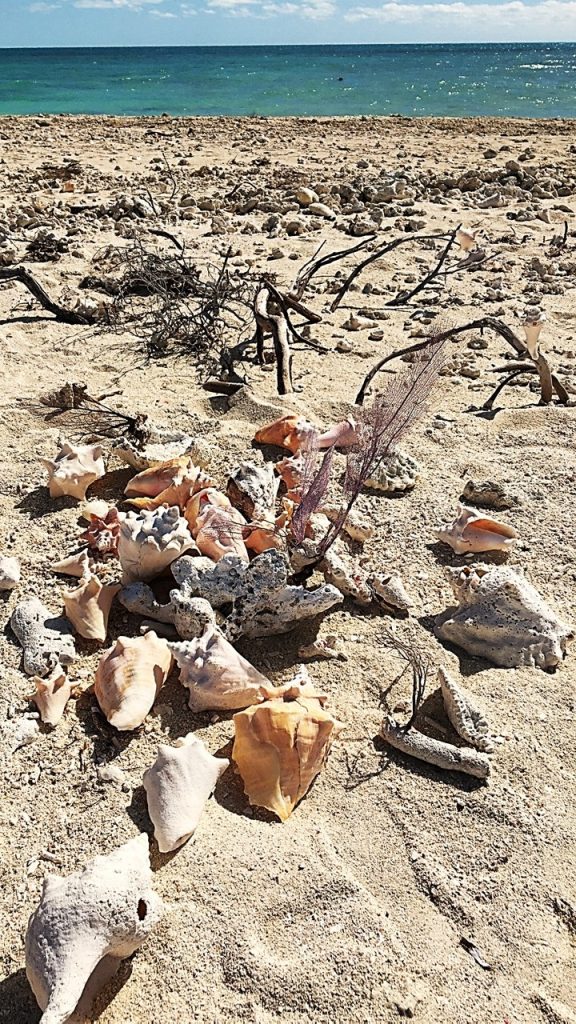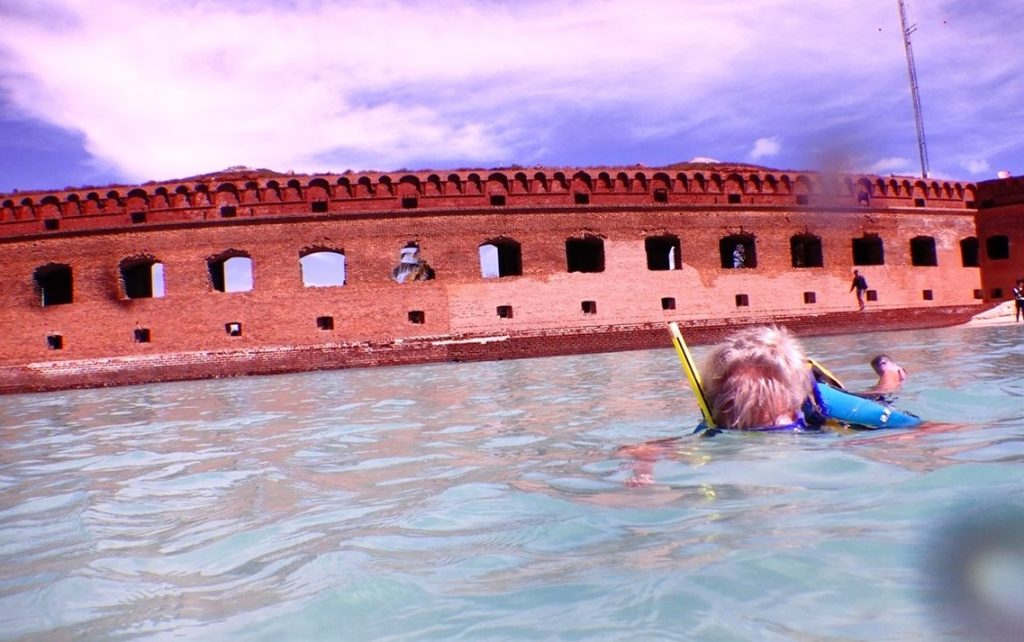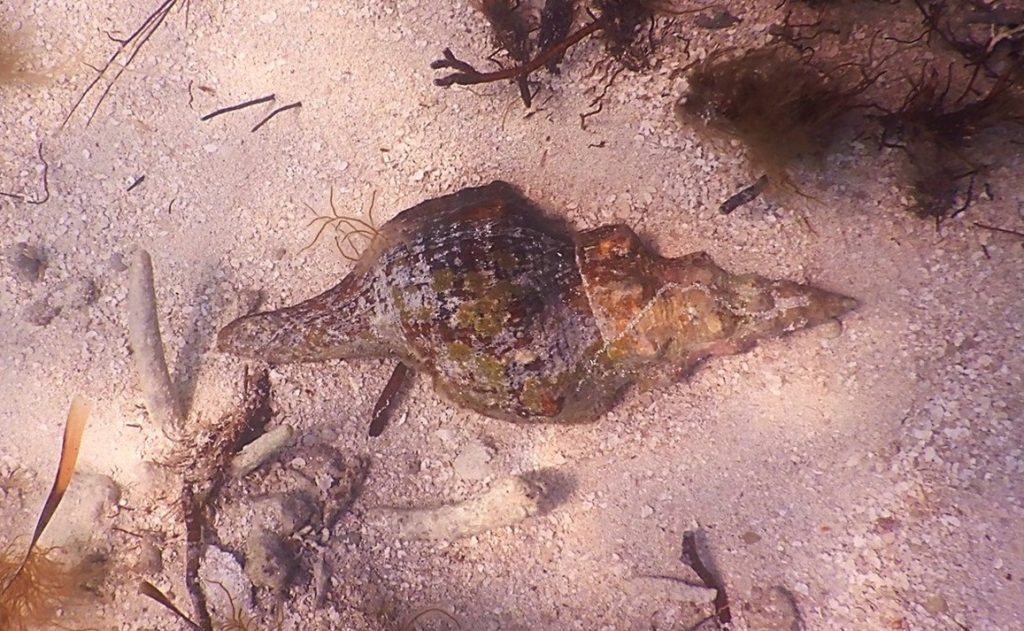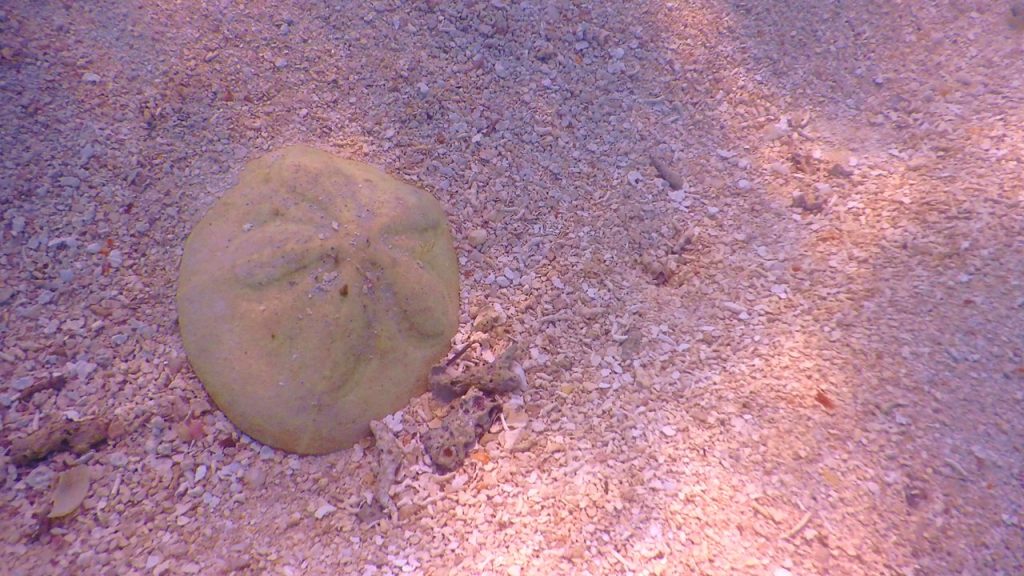The Atlas Mountains & Ourrzazate
Sunday morning had us saying goodbye to our Sahara camp staff and taking our 4-wheel-drive vehicles back to the Macro Fossils Kasbah outside of Erfoud where we transferred back to our transport bus for the trip to Ourrzazate. Our first stop along the way was for a visit and explanation of the Khettaras. A Khettaras is an underground tunnel and well network that was constructed to bring water from its source to be distributed and used for families and irrigation in the Sahara. On each side of the High Atlas in Morocco, various societies have built thousands of these khettaras, each of them dug and maintained by hand.
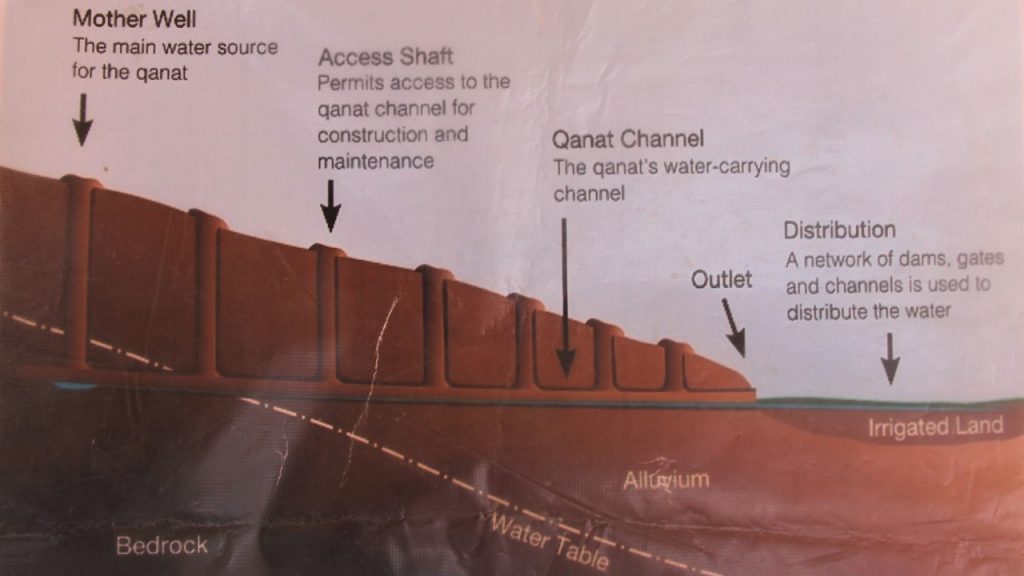
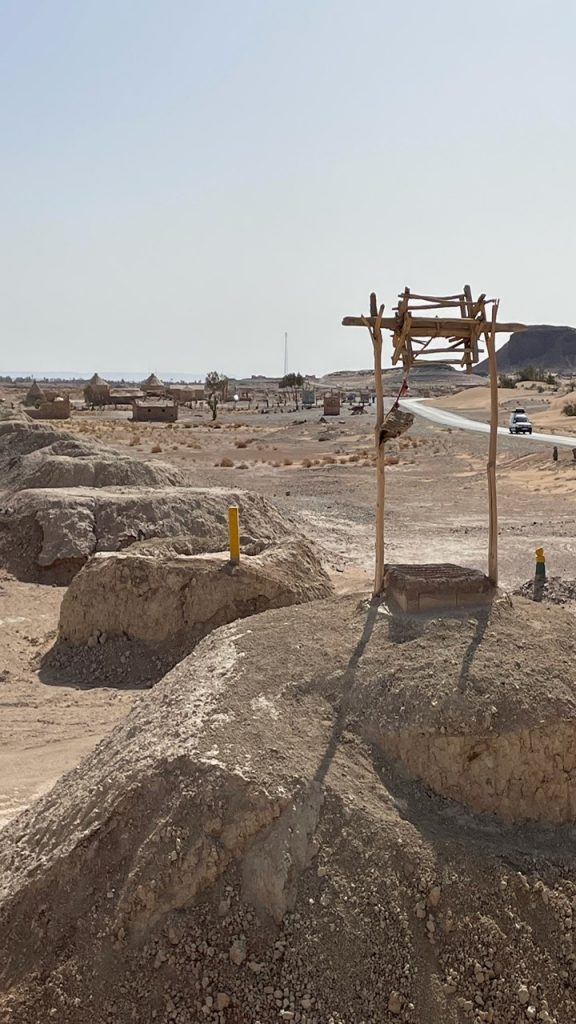
After descending and traveling along one of these underground tunnels, we continued our journey to the town of Tinejdad. Here we entered the Ksar of El Khorbat and visited a Berber Museum assembled within by a local Jewish activist. The Ksar, (a fortified village), is a walled and protected assemblage of homes and businesses typically built to keep desert raiders out. After visiting the museum, we had lunch at the Touroug Café, before continuing our journey. Our drive took us through the Todra Valley and past many proud Berber towns. The valley boasts green crops and “green doors” painted at the request of the government. The Berber Flag (green, blue, and yellow) flies prominently, and construction and development are apparent. The area is known not only for its silver mines, but also as the “Valley of Roses”. We pass through Kelaa M’gouna, a town brimming with rose gardens and the home to Morocco’s Annual “Rose Festival” in May of each year. We then make a short stop and travel through the town of Skoura which had long been a favorite place for second homes for French, Spanish and Canadian investors, but has been suffering for the past few years with an extensive drought. Next, we pass the Noor Power Plant – the world’s largest concentrated solar power plant project at 160MW and which cost ~$9 billion. China had designed and constructed it for Morocco, and still operates it, and it is only the first part of a planned 500MW facility. This area averages 300 days of sun per year totaling 2635 kWh/m2/year making it an ideal location for such a facility. Morocco aspires to reach 30% of its energy from solar and wind by 2030. Finally, we reach the city of Ourrzazate, and we check into the Berber Palace hotel. Ourrzazate is the “Moroccan Hollywood” and is home to several Movie Production Houses and Sets. The hotel was outfitted with all sorts of former movie paraphernalia and has hosted many movie stars during their filming. That night, we enjoy dinner and relax in our first air conditioning in over 3-days.
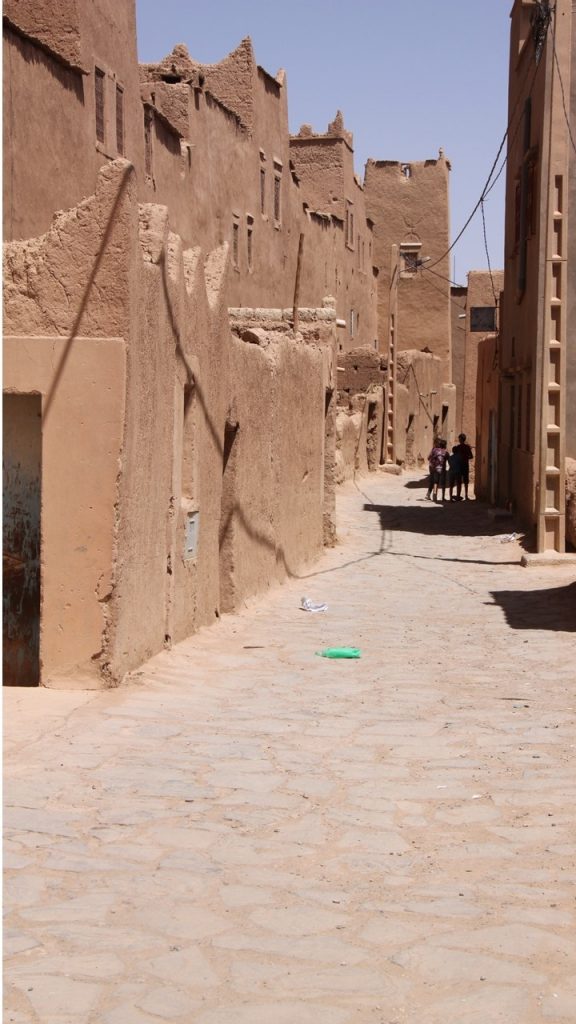
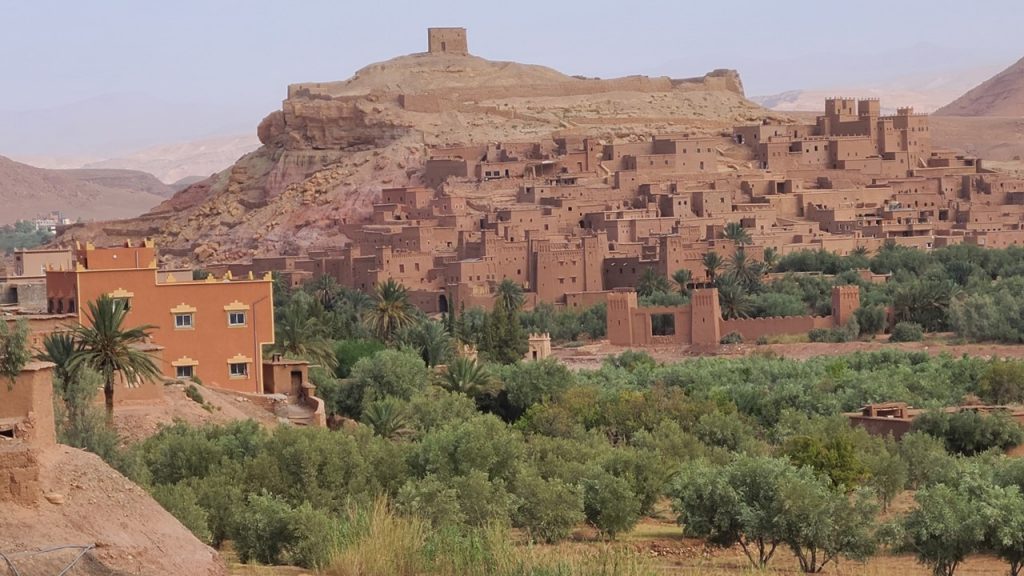
Our next day in Ourrzazate was the “Day in the Life” where we visit a local family and learn a bit more about their typical daily lives. We started the day by passing the Atlas and Cal Movie Studios on our way to meet our local guide in the village of Ait Ben Haddou, a UNESCO World Heritage site. There, our local guide, Ibrahim, gave us a brief history about the village before we stopped to see a roadside artist demonstrating a local drawing technique. He used saffron, green tea, and indigo to “invisibly” draw on paper, and then heats it to make the colorful images appear. Ibrahim grew up in the area and had seen the old town supplanted by a new village. He often worked in support of the Movie Productions, and during the filming of Season 4 of “Game of Thrones”, he had actually had a role on film as an extra. We then traveled into the village of Asfalou to visit a typical family. Mohamed and Hashema welcomed us into their home where we met their 5 children ranging from 3- to 15-years old. They have a small farm of olive trees and alfalfa which they use to raise small livestock, and to make bricks. Julie helped ~35-year-old Hashema make bread in a charcoal oven before we walk back into the farm and were followed by the children and their neighborhood friends. There, we took seats around a small campfire and enjoyed tea and the fresh-made bread. The children ask to sing for us, and they sing their national anthem. Then, ~50-year-old Mohamed shows us how he makes ~120 bricks every day out of straw, dung, and mud, which he sells for ~10 cents each. Rocky makes his best attempt to make a single brick, but it is difficult work that enjoys a chuckle from the audience. Then, we adjourn to “reception room”, a large area with banquette seating around the walls and interact with the children while Hashema finalized a delicious lunch of couscous & beef tagine.
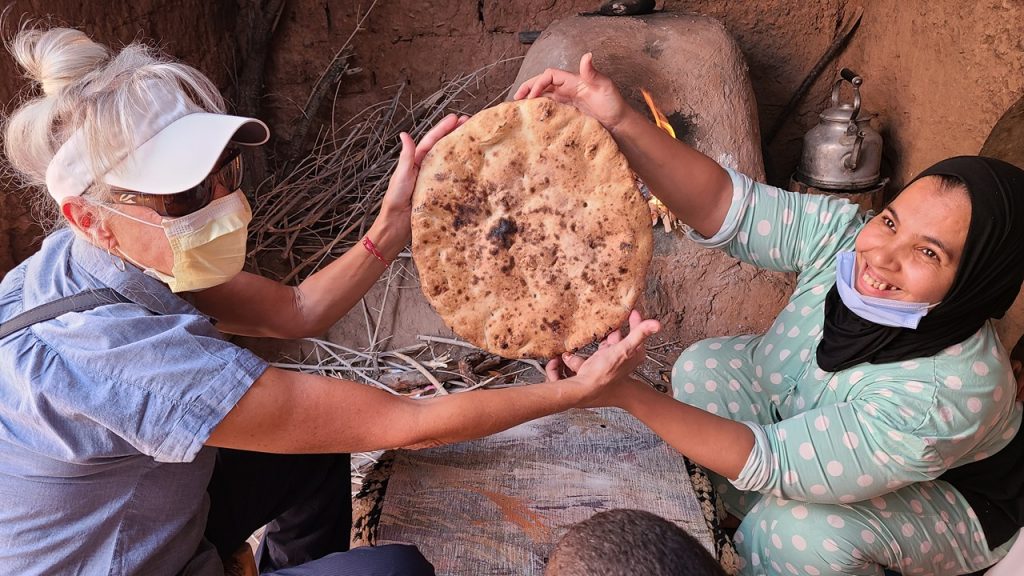
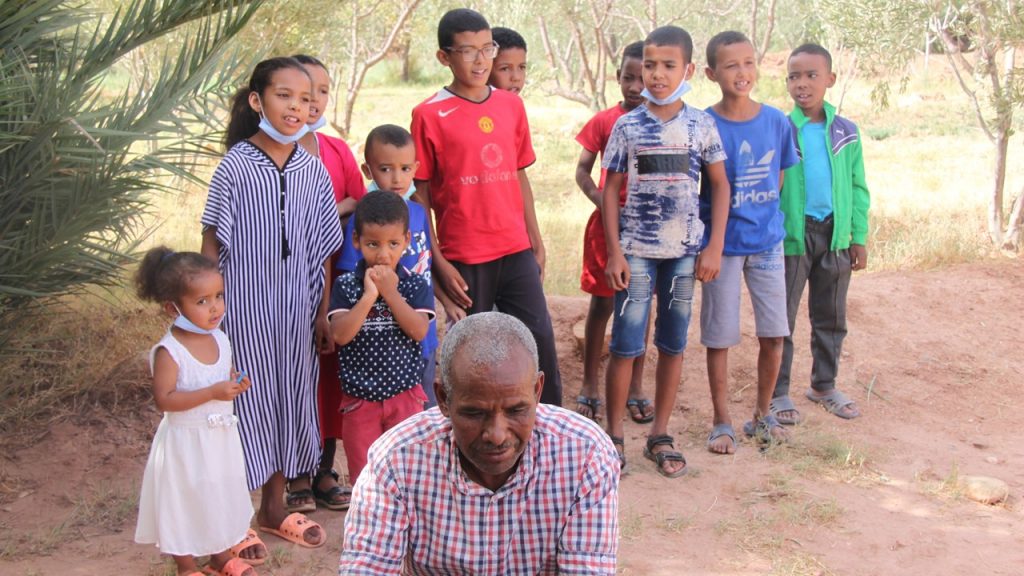
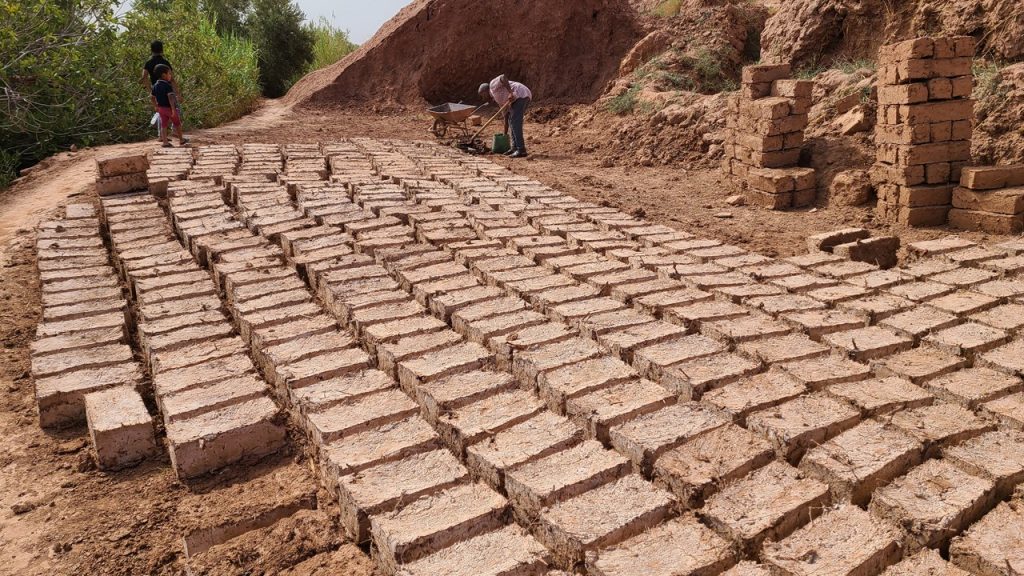
After we said our “goodbyes”, we traveled a short distance to the Imik Smik Women’s Association for Rural Development – a women cooperative partly supported by the Grand Circle Foundation. They currently support ~43 women to become entrepreneurial in the areas of weaving, sewing, and cooking, and provide an outlet for the marketing of the products they create. We enjoyed a spirited conversation led by the Association’s Leader, Fatima, and played “dress-up” with some of their local attire, before marveling at their ability to freestyle henna on our hands.
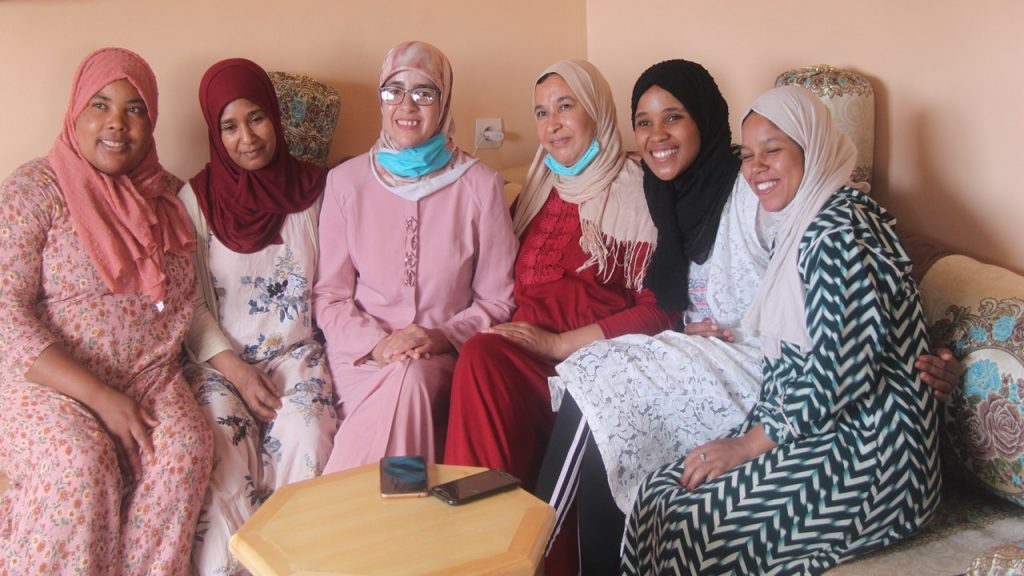
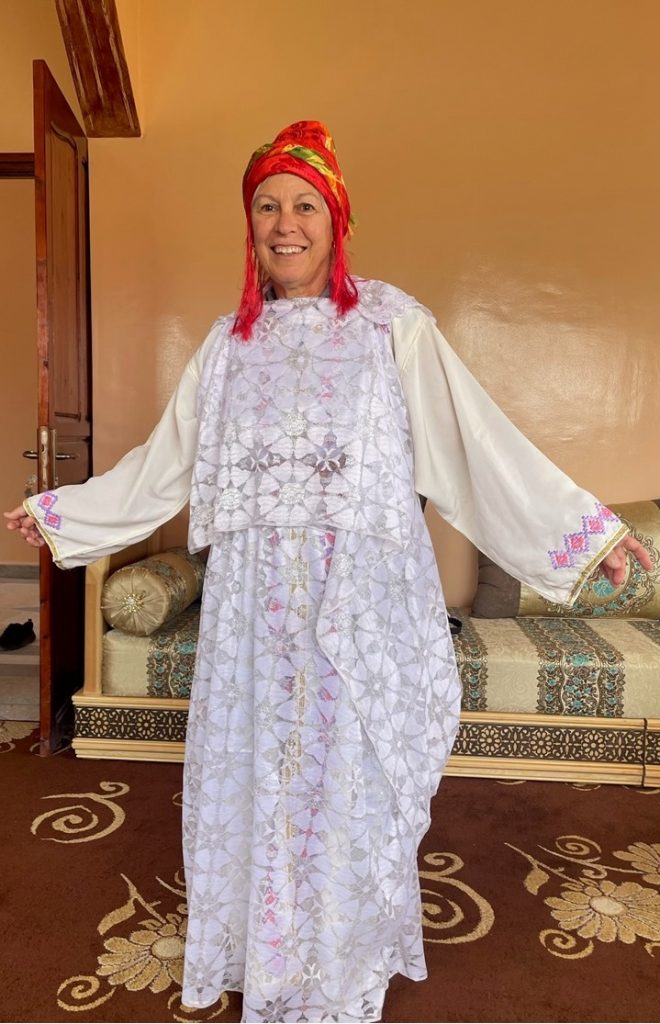
Then, we returned to our Berber Palace to freshen-up before heading downtown to Dimitri’s Restaurant for a spectacular duck dinner. After dinner, we strolled through the city’s center market where people bought and sold their wares while children played and ate ice cream. Finally, we made it back to our hotel and settled in for the night.
